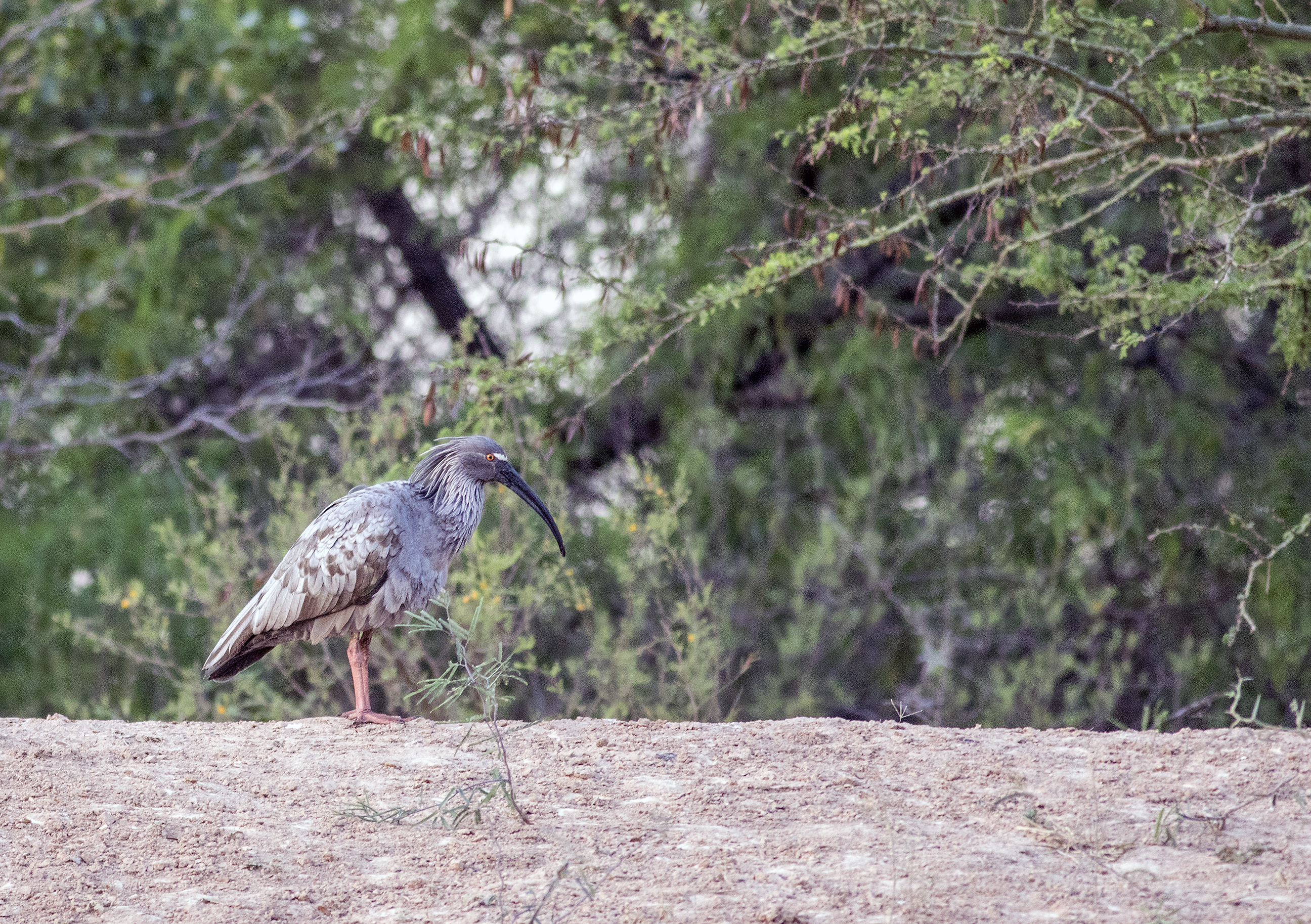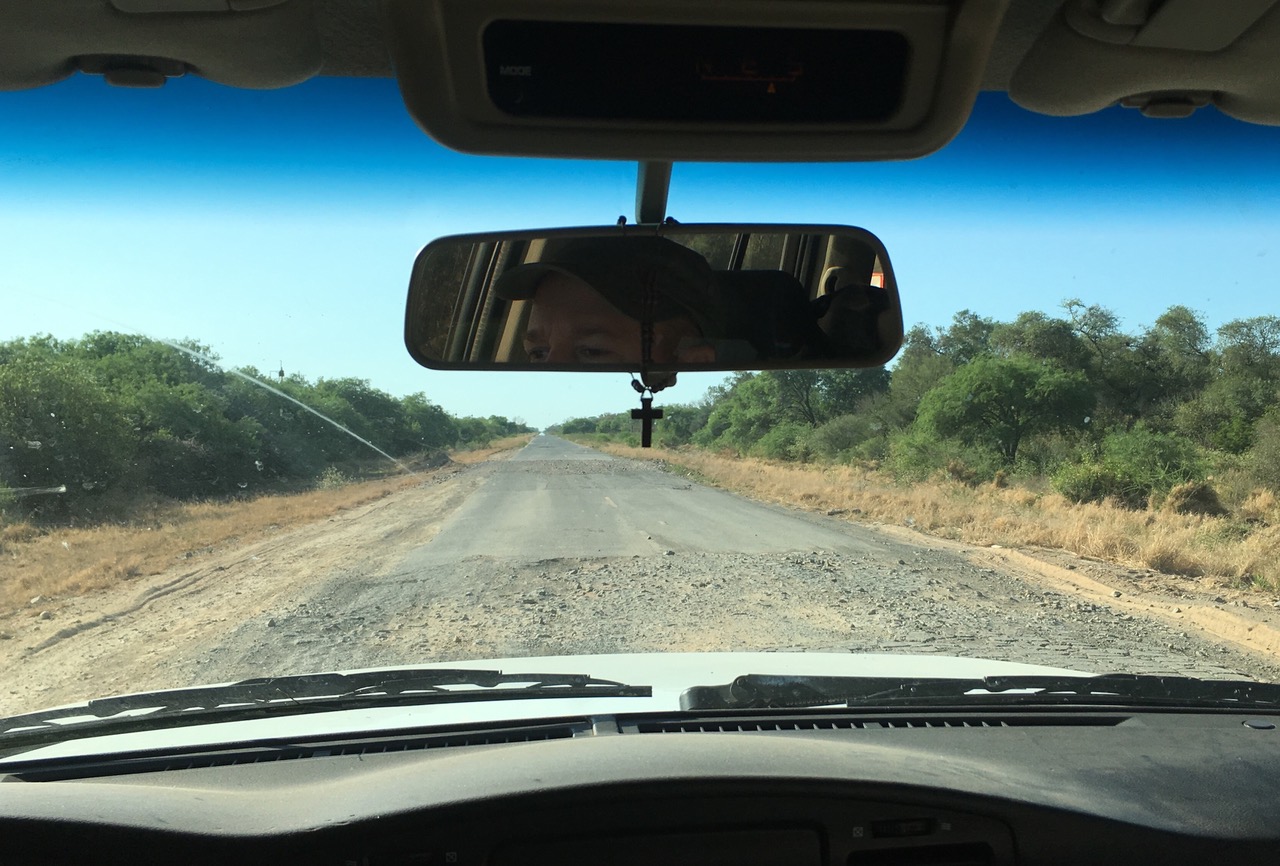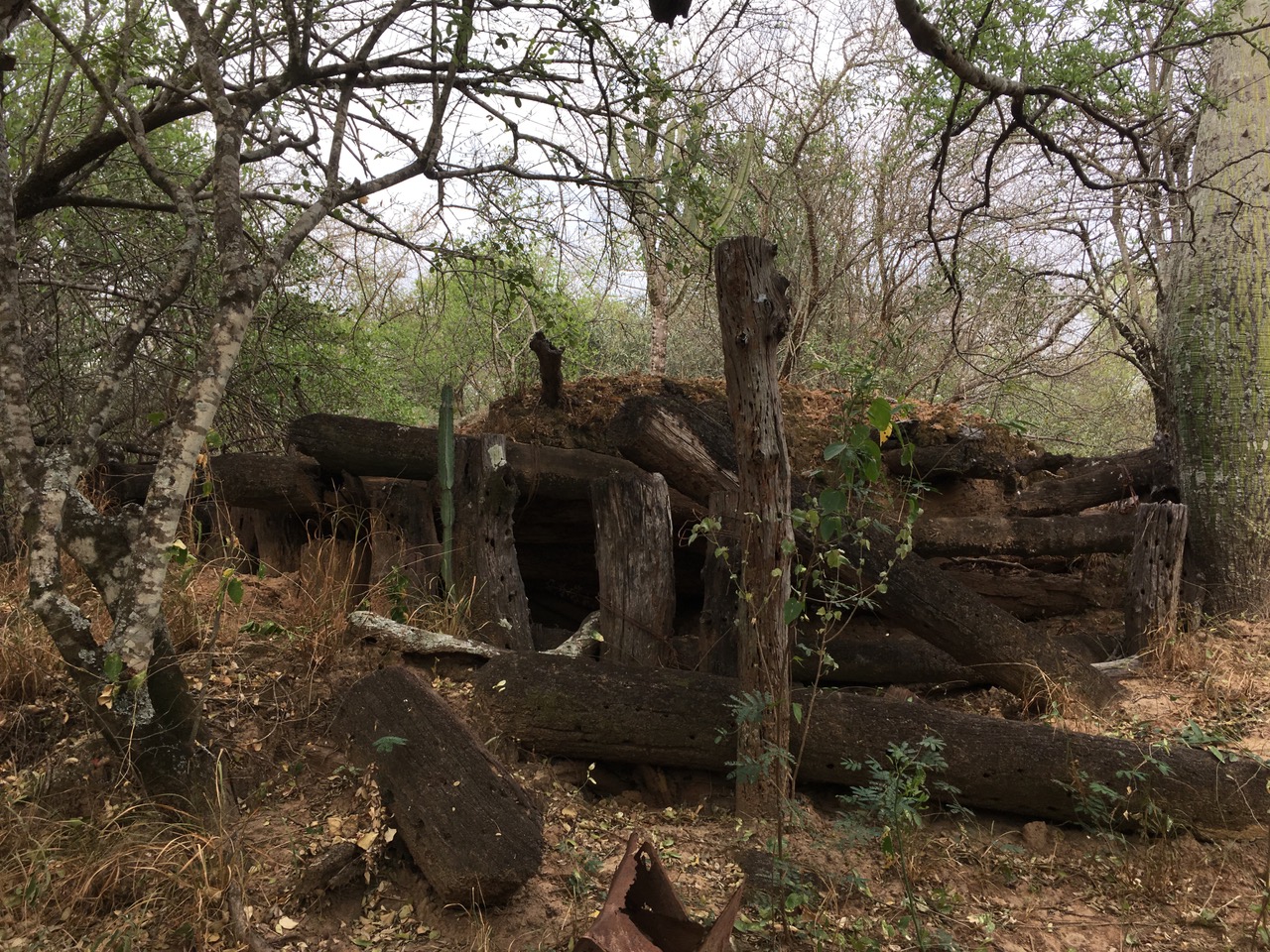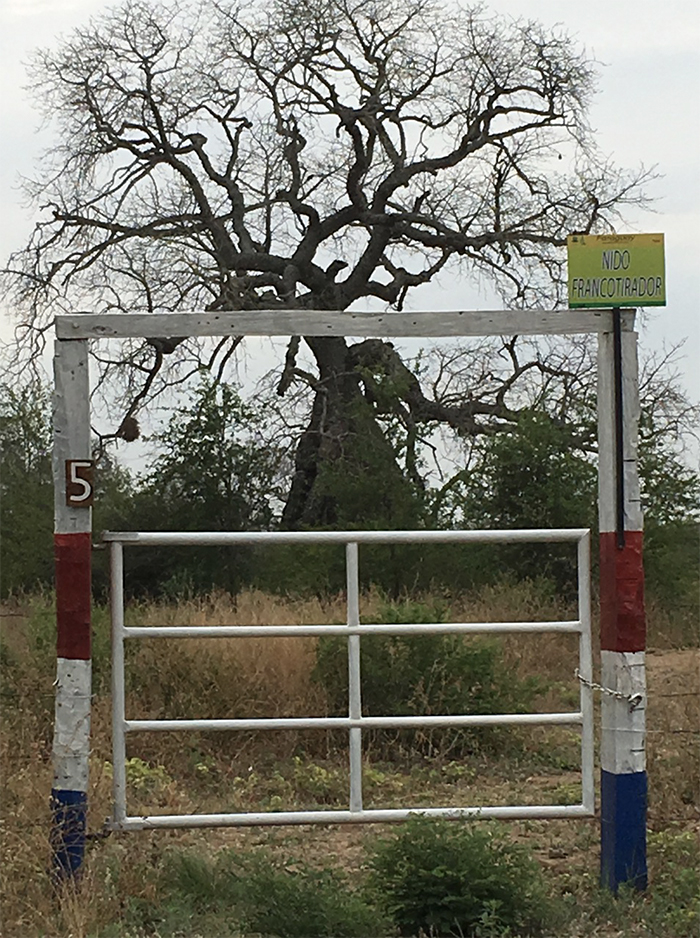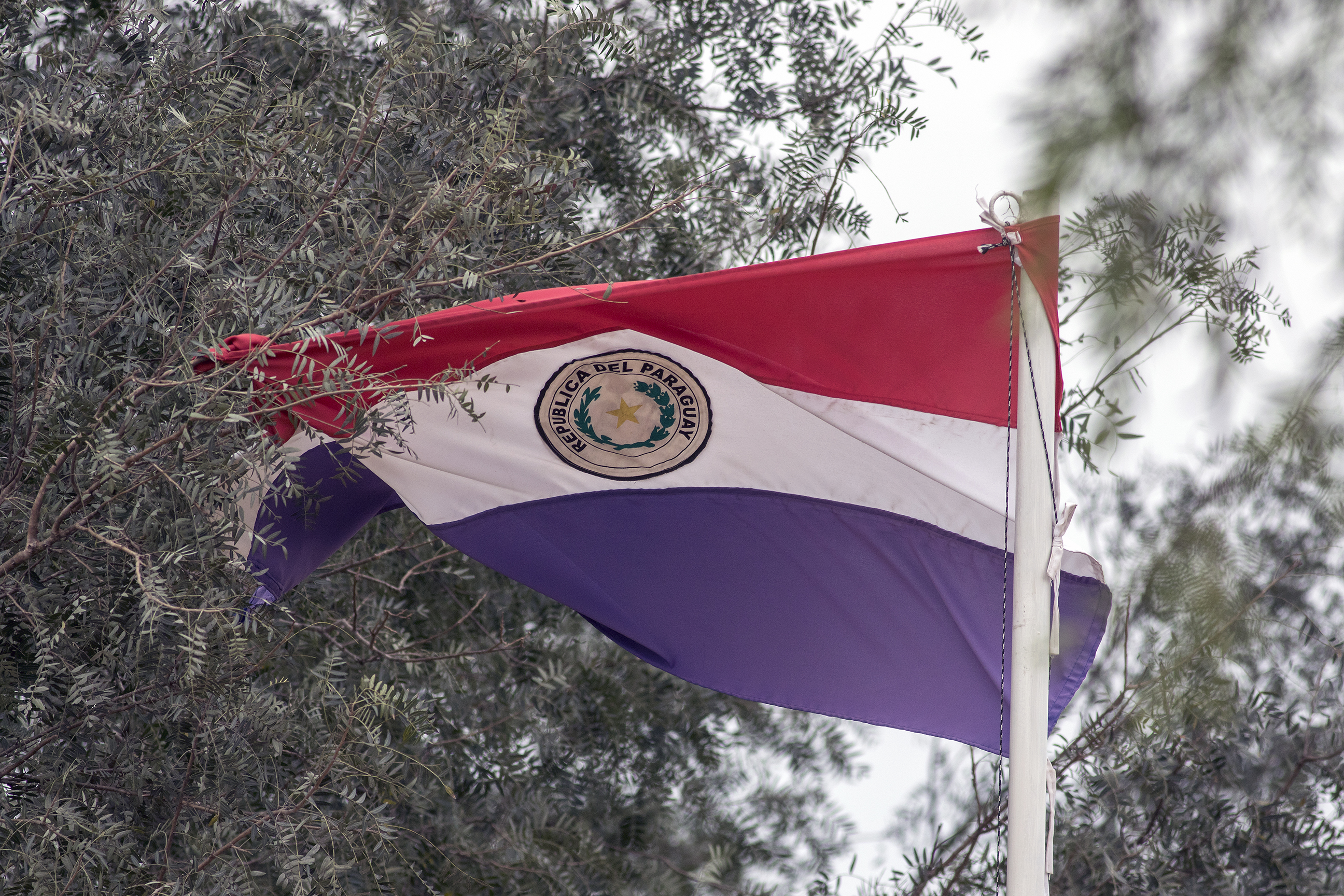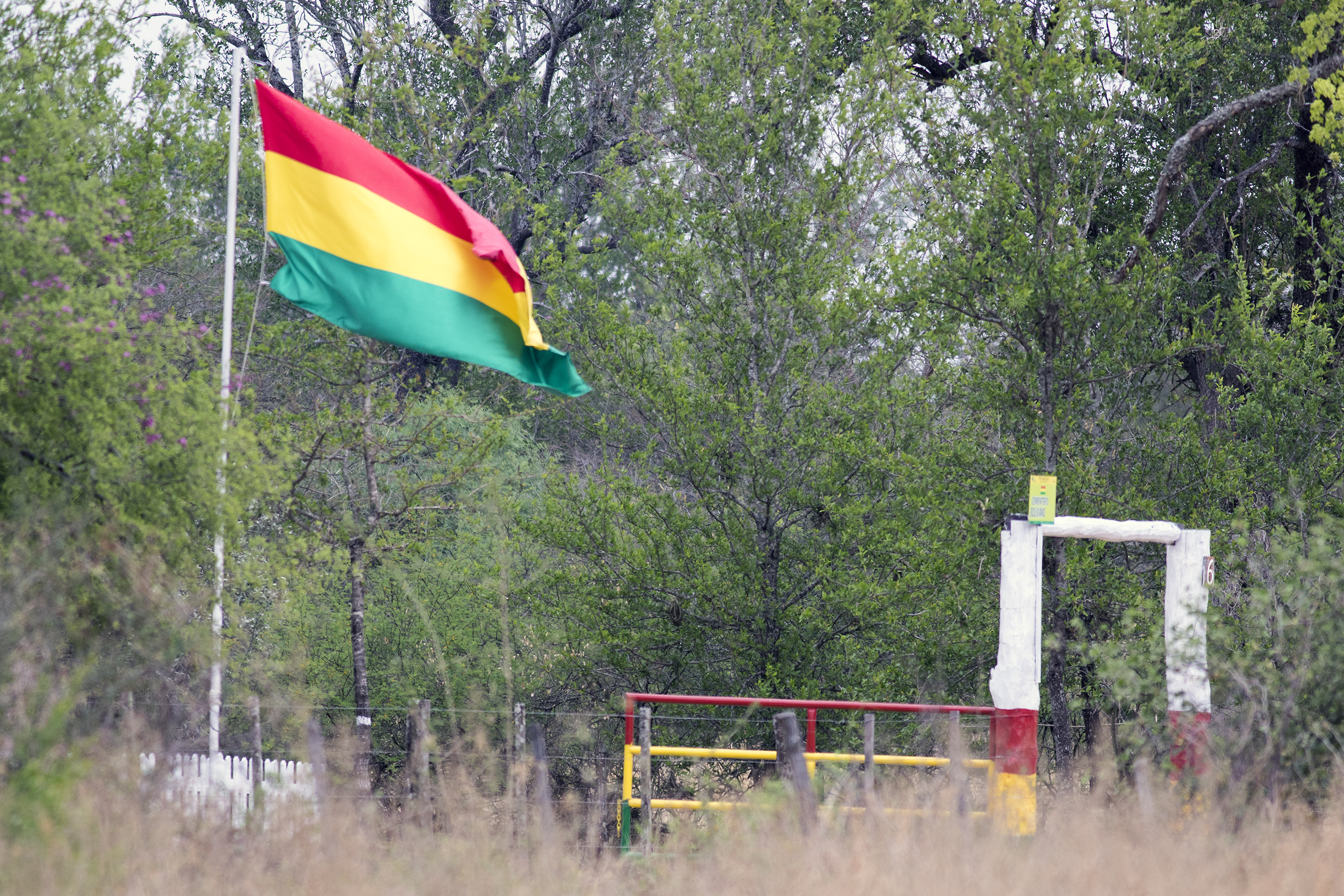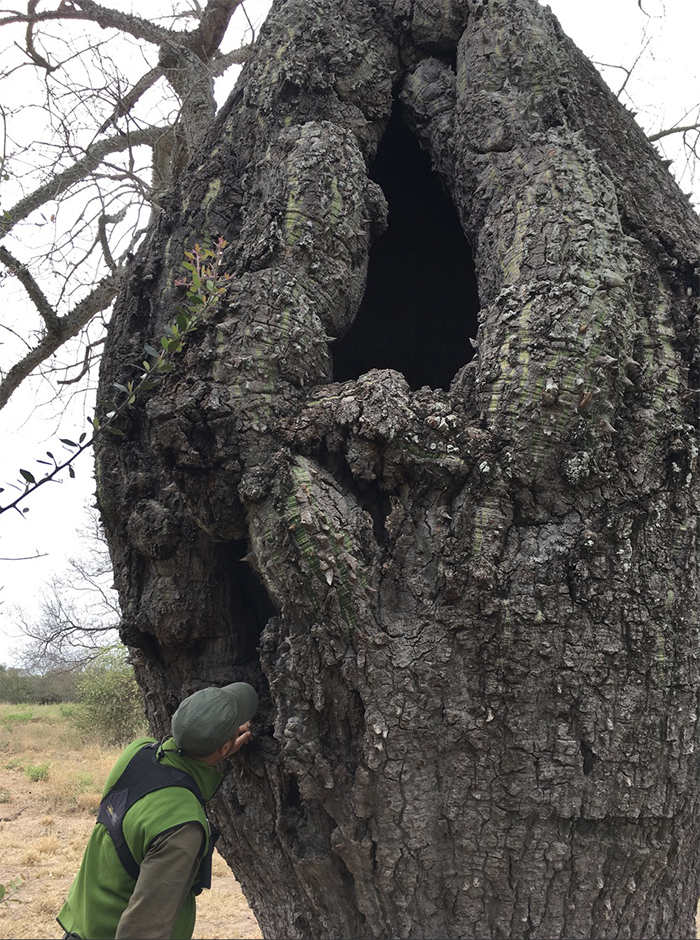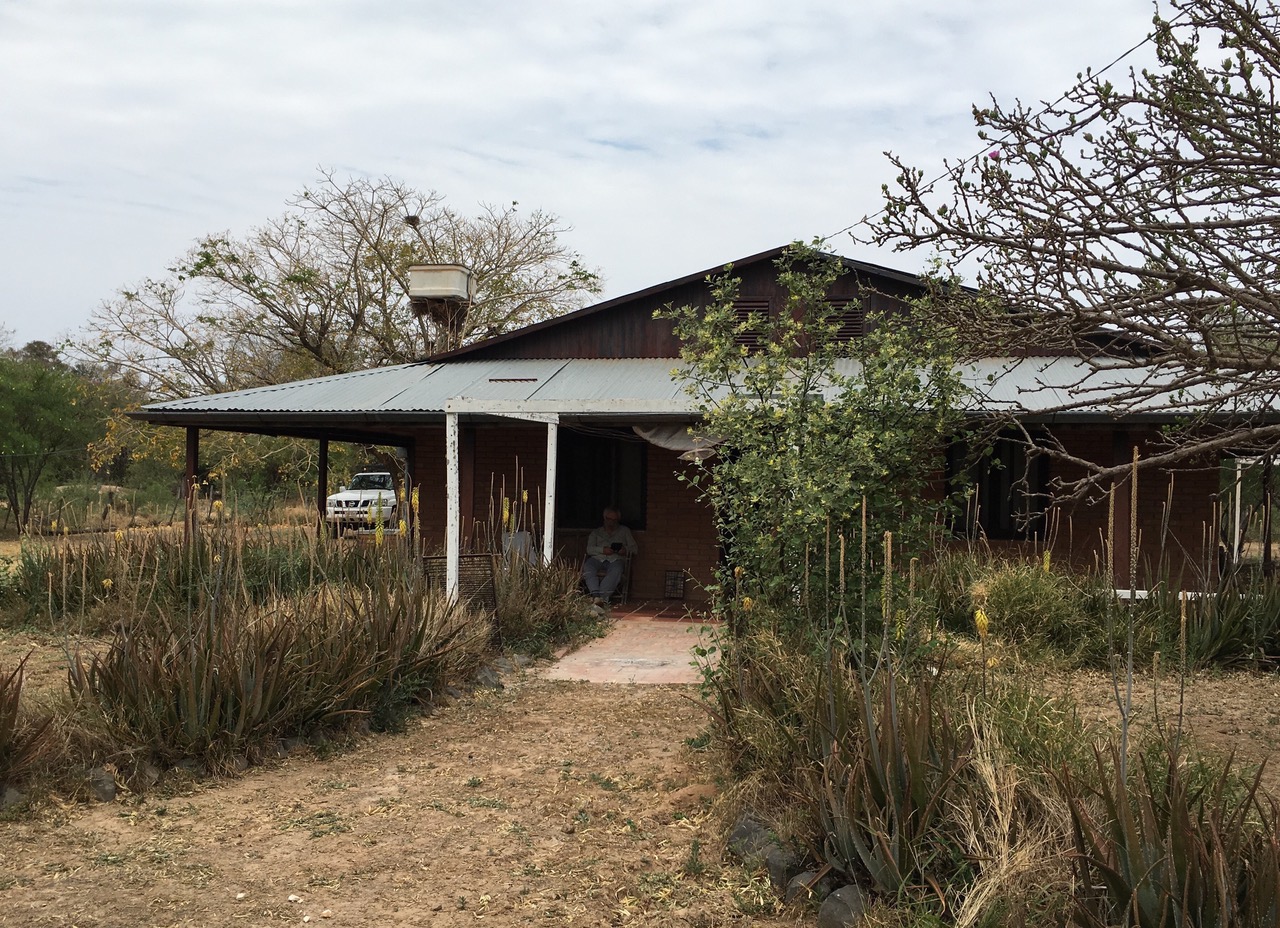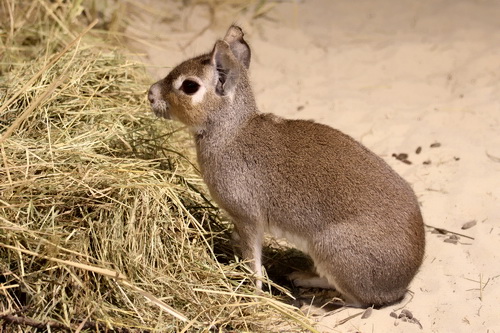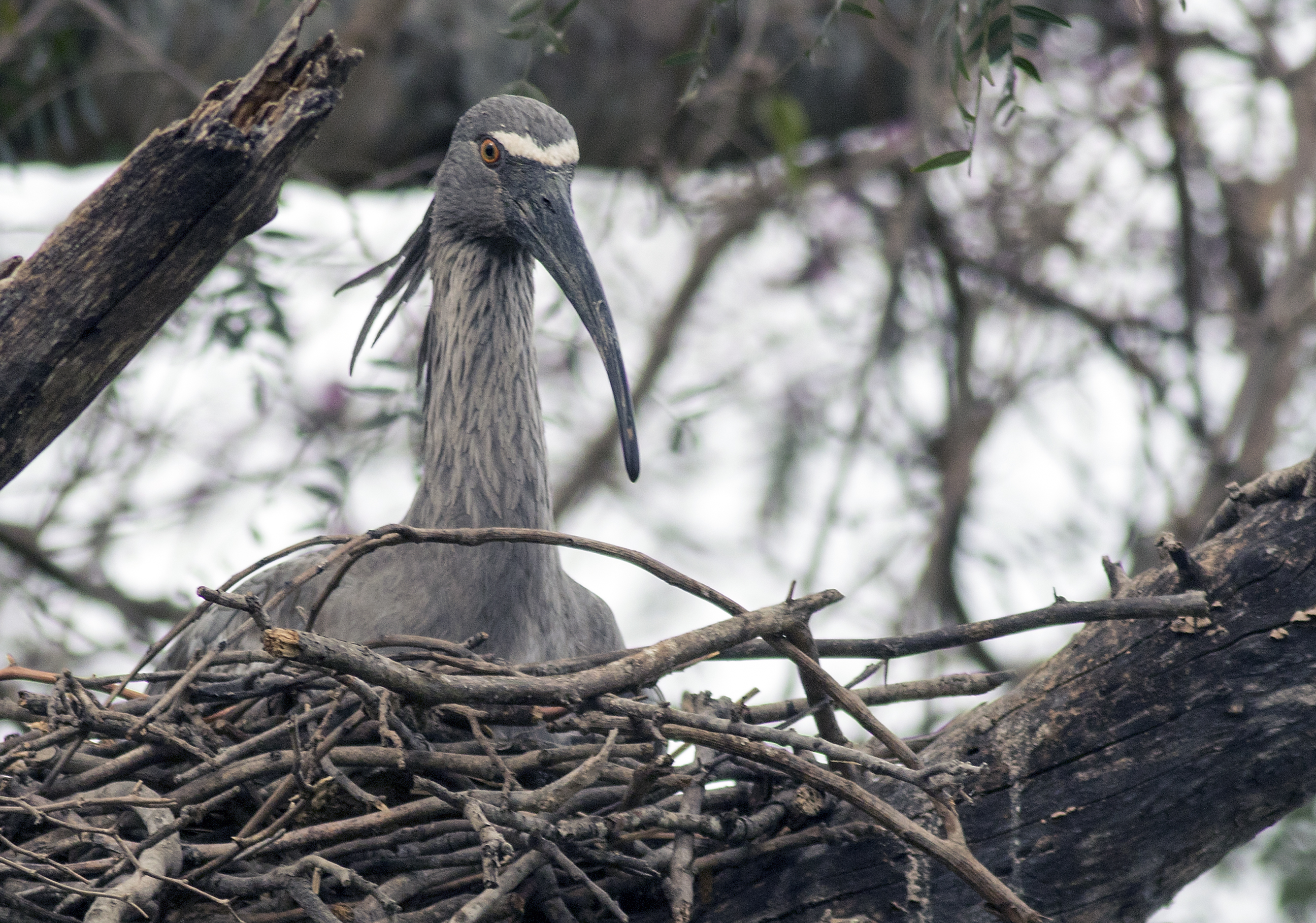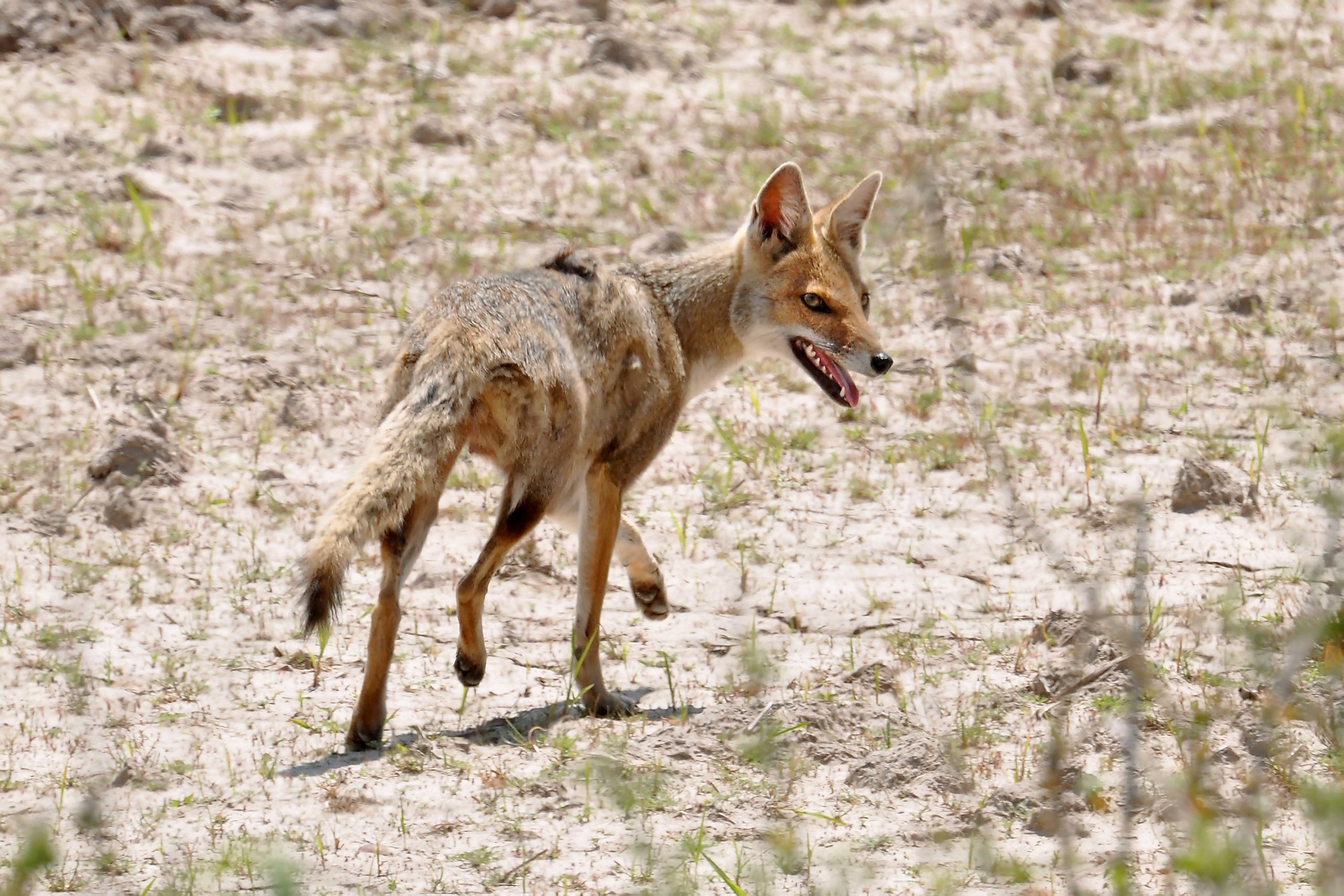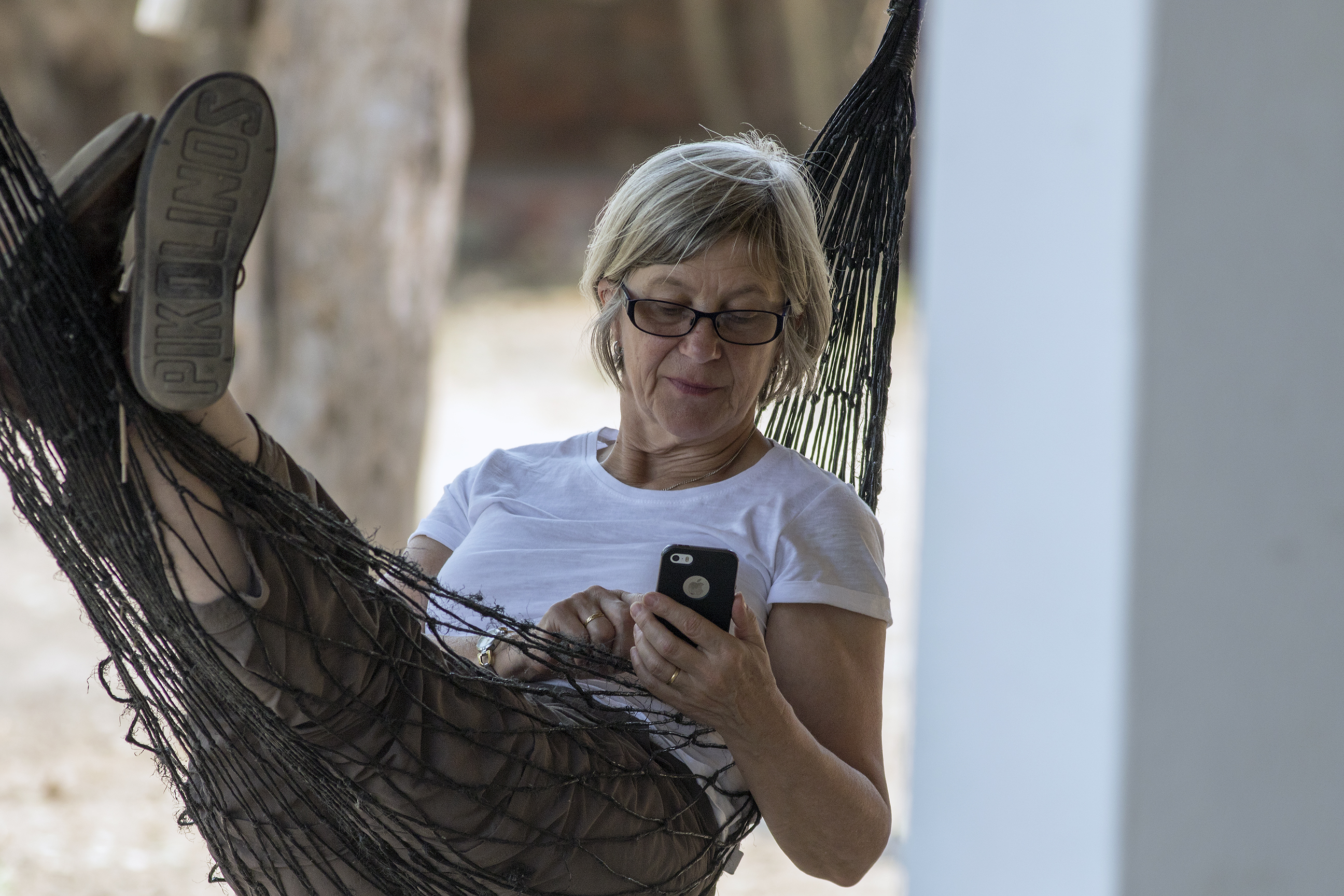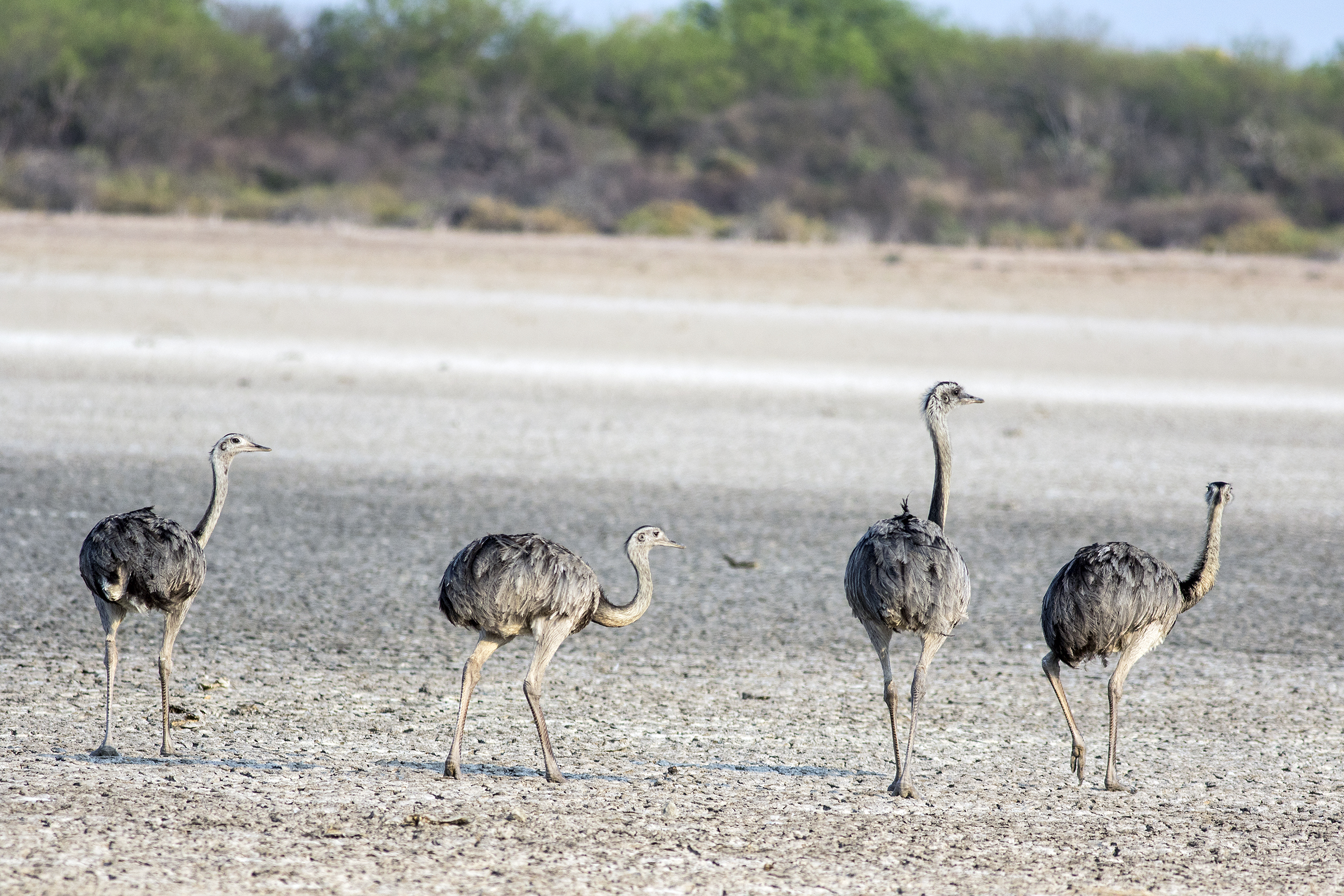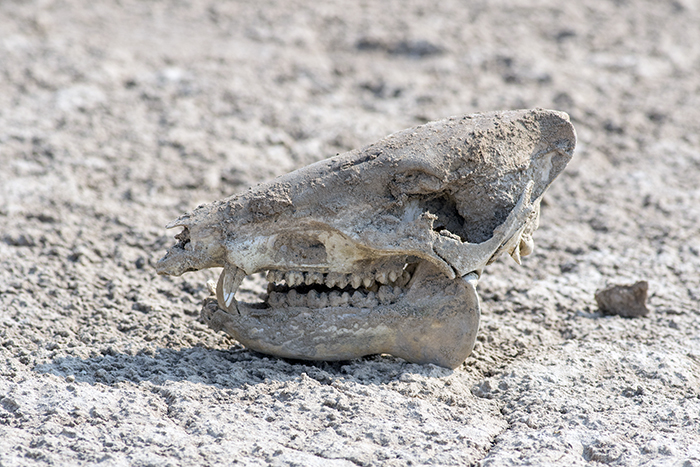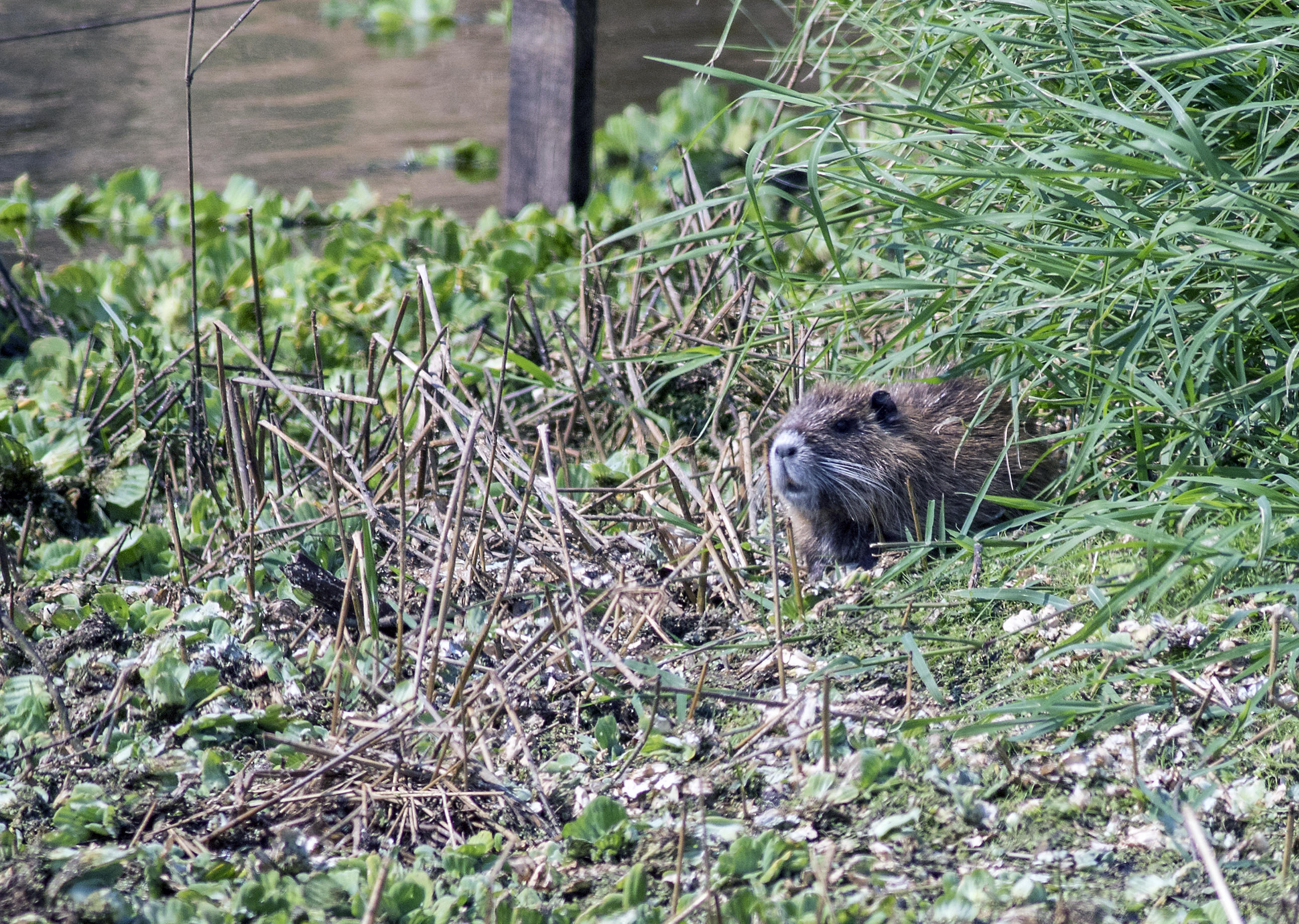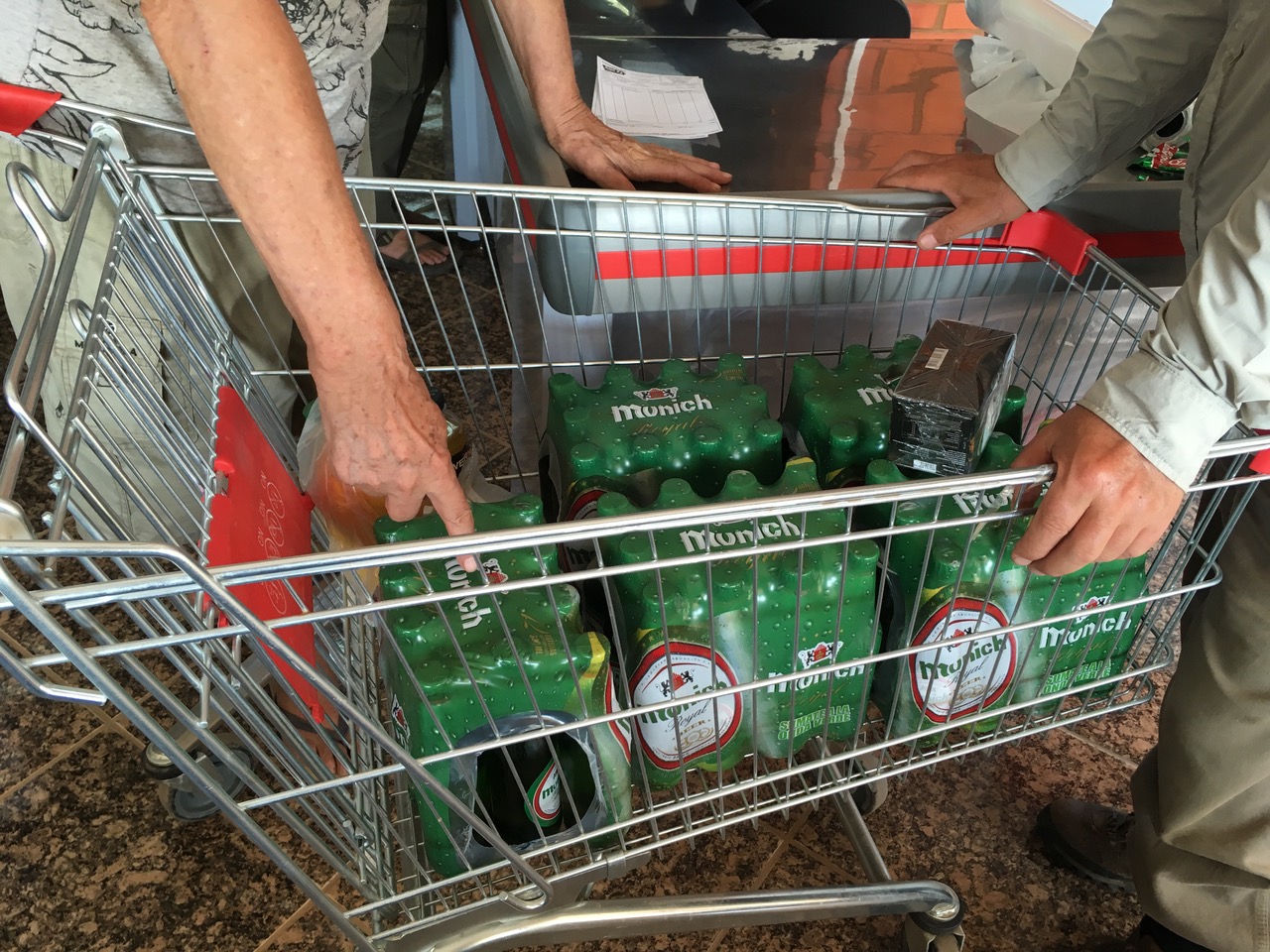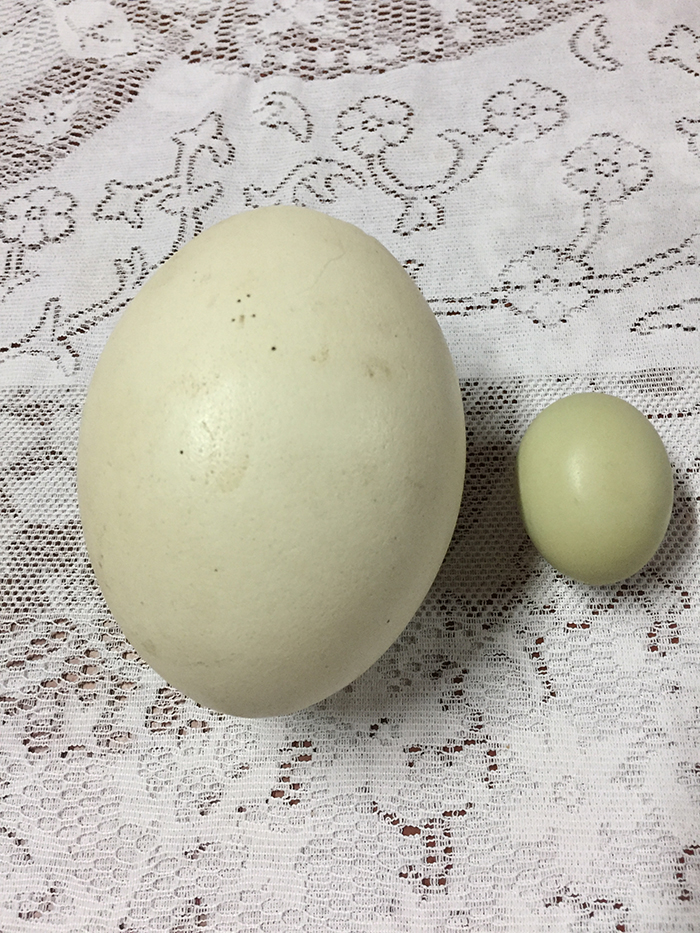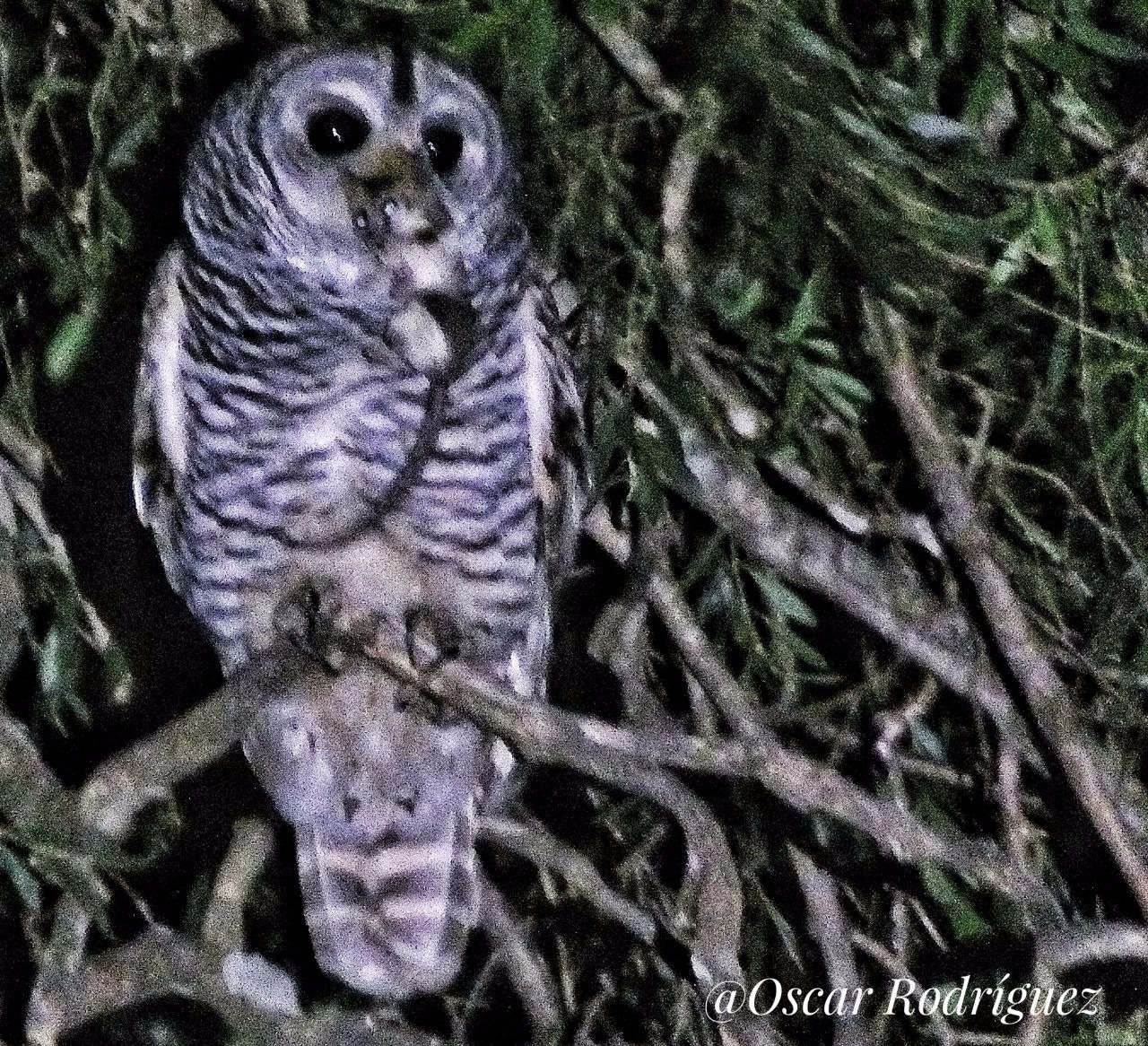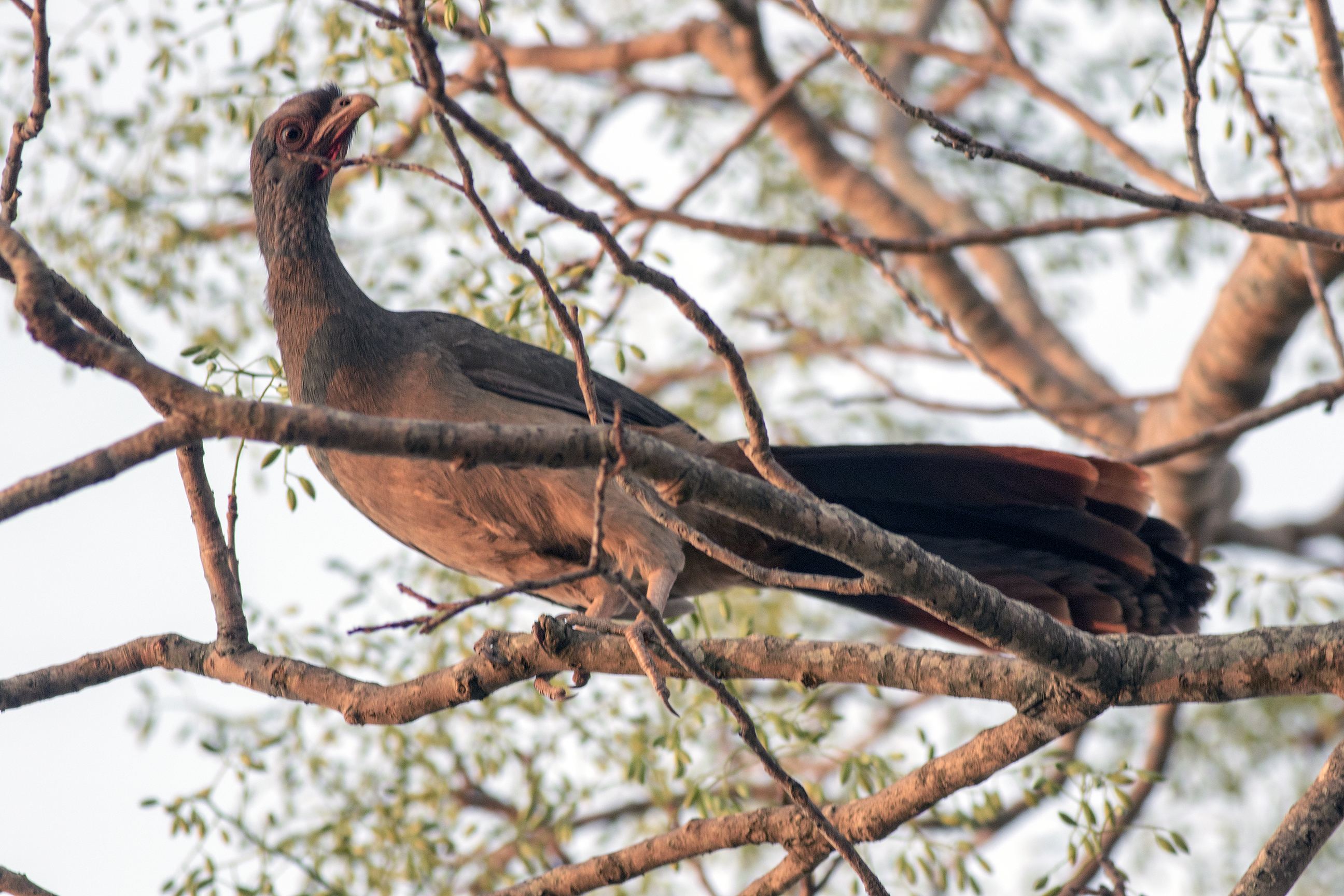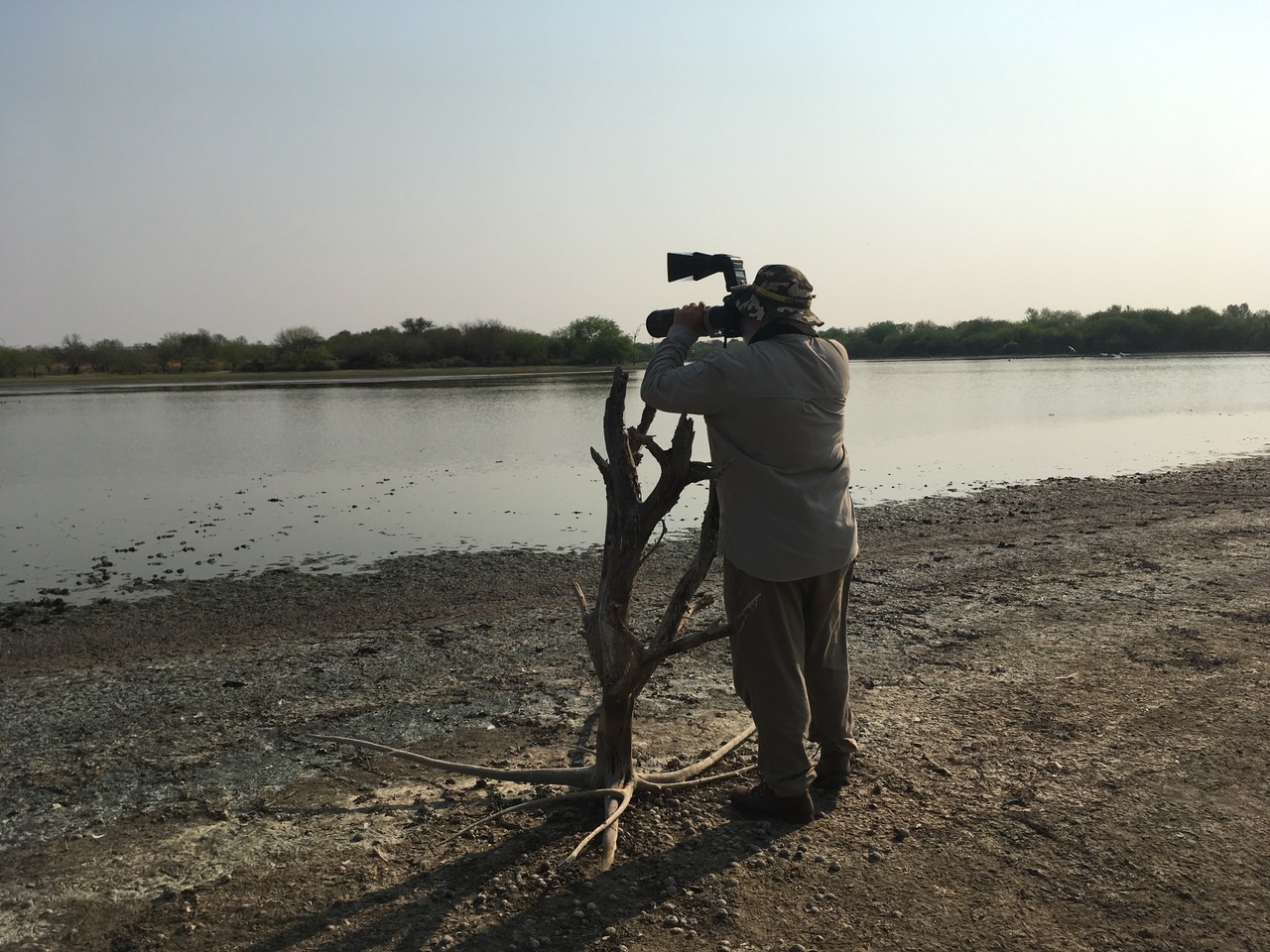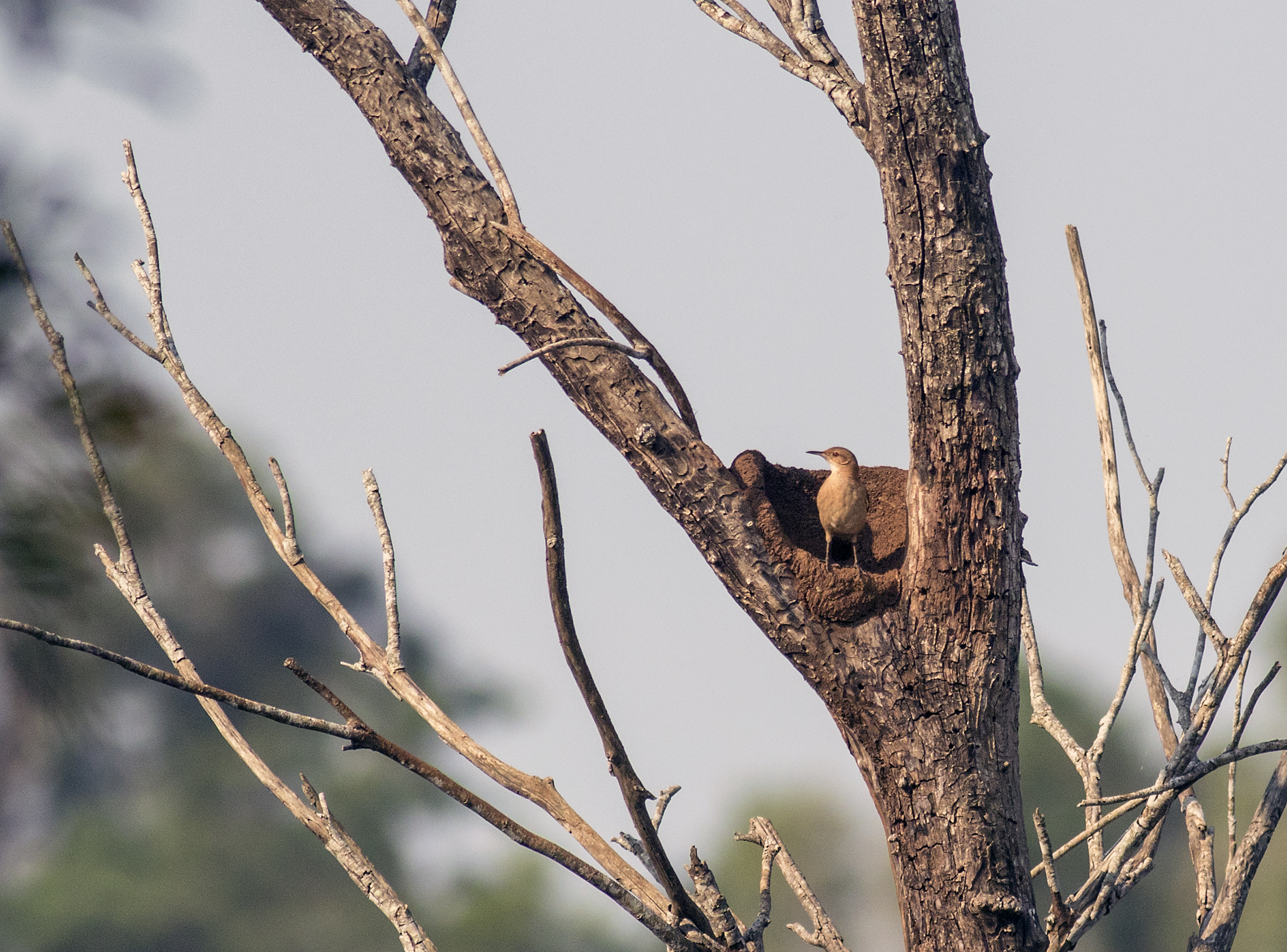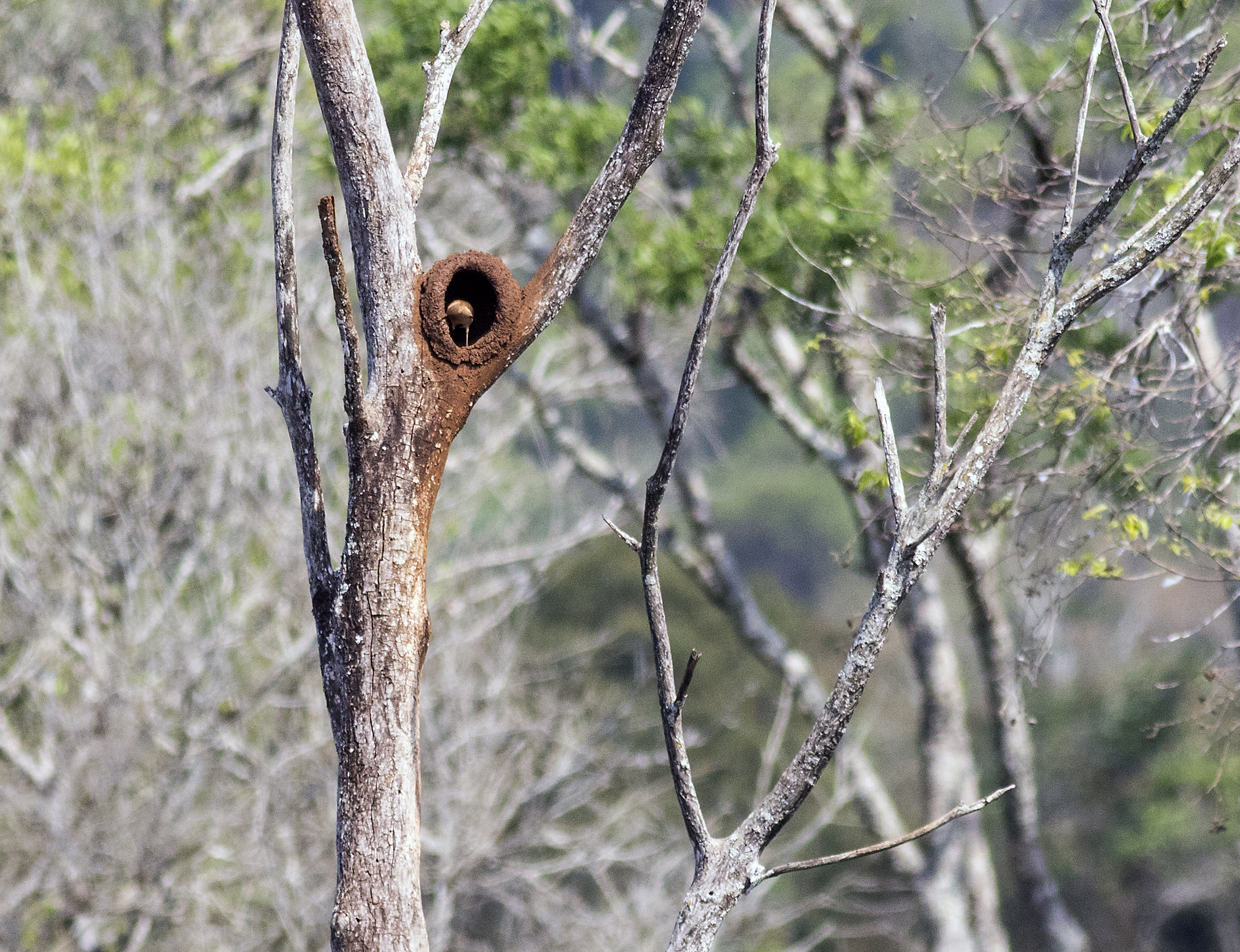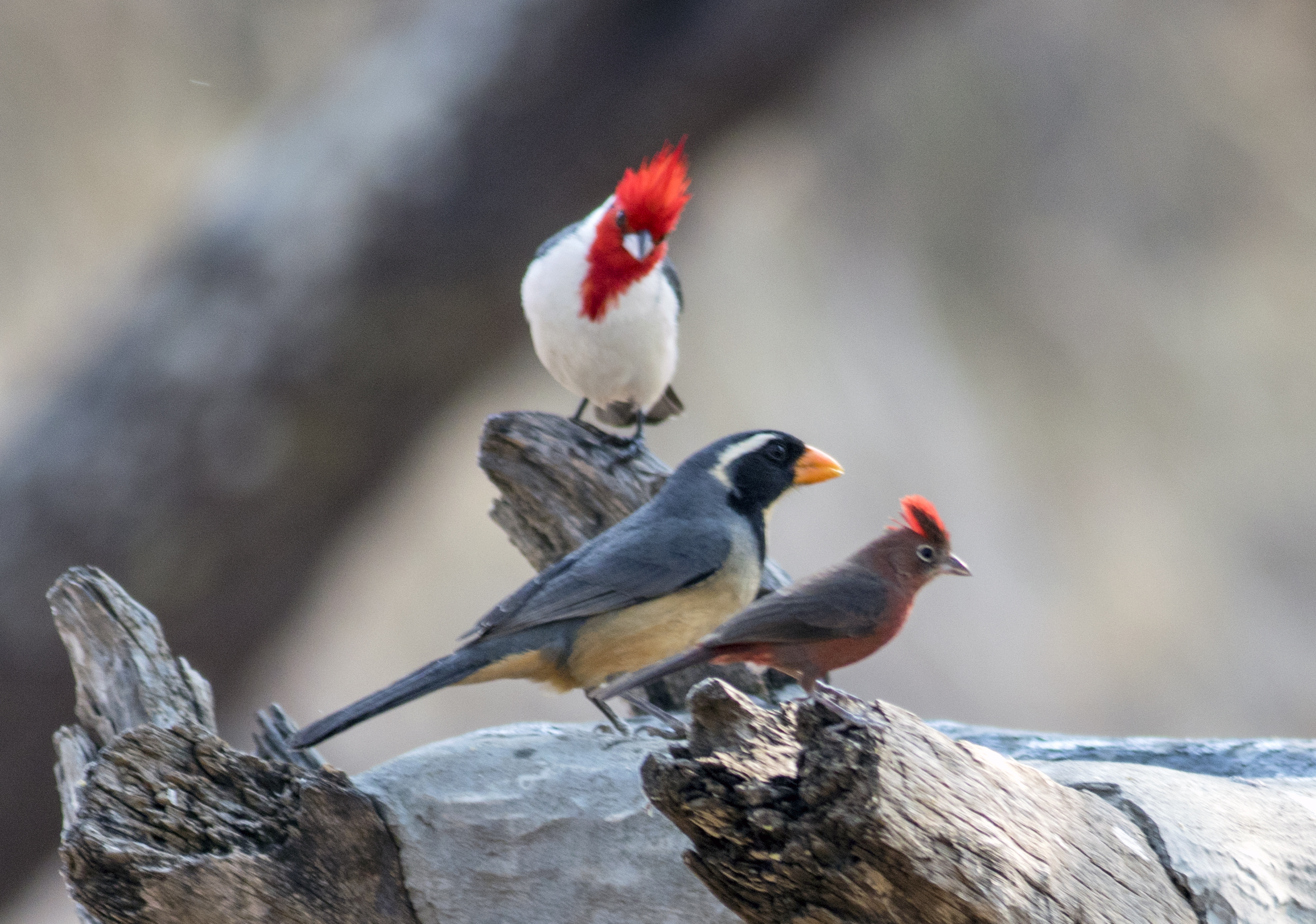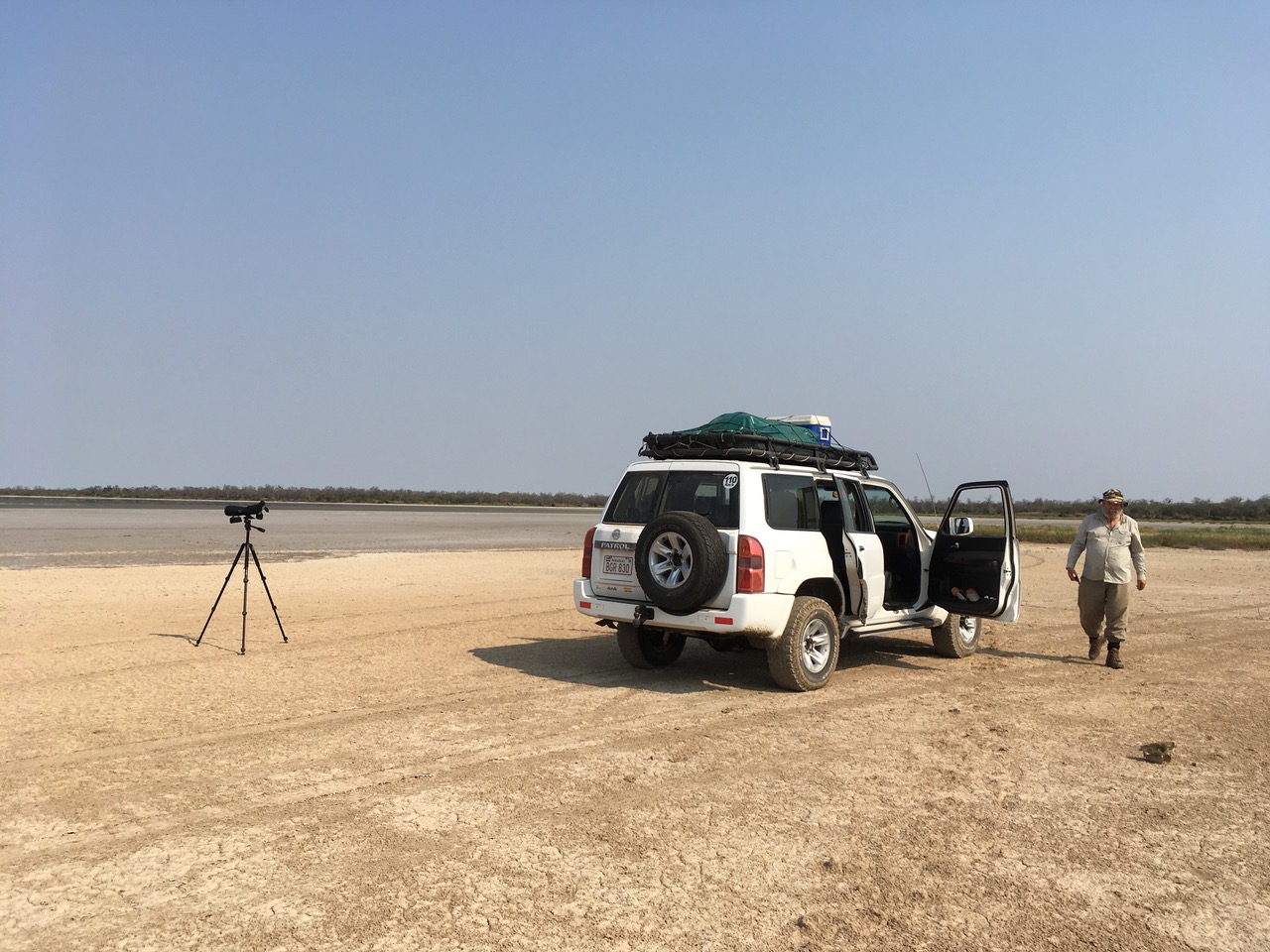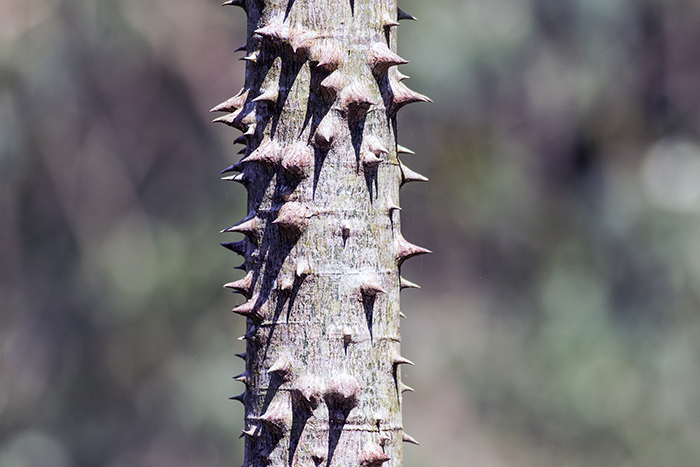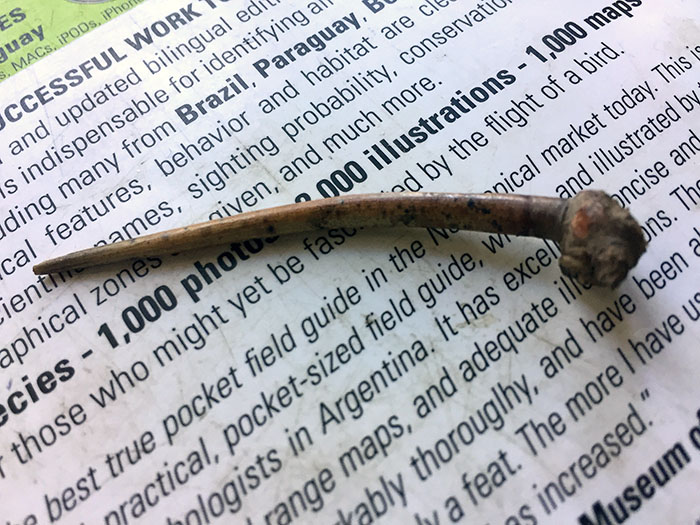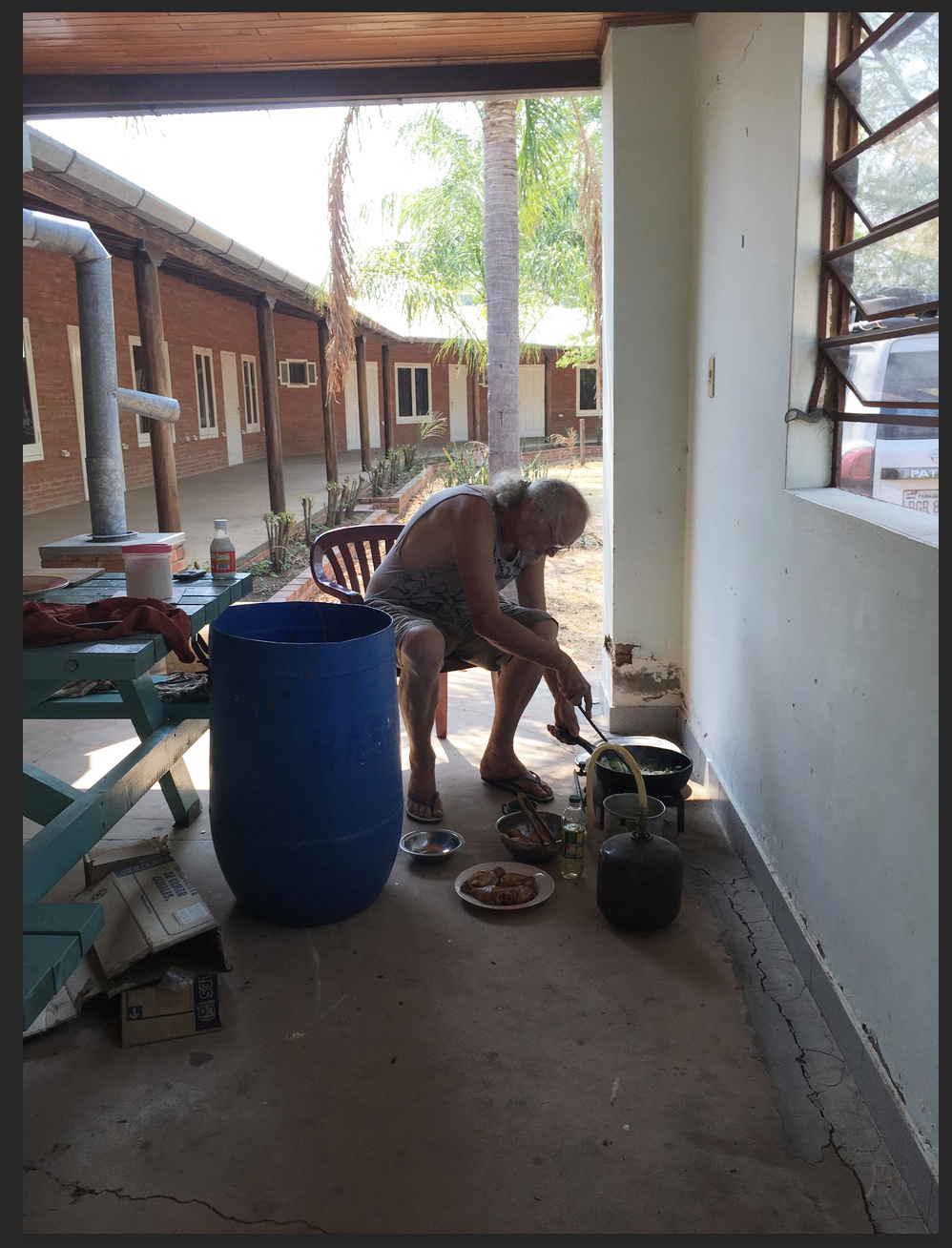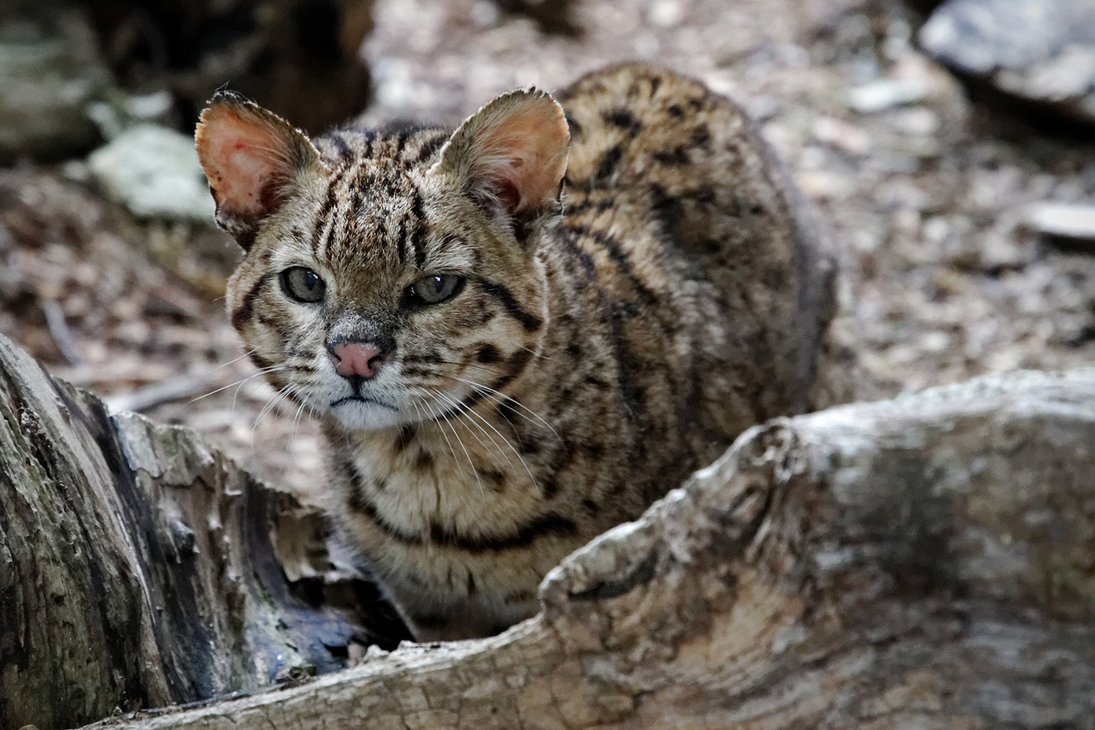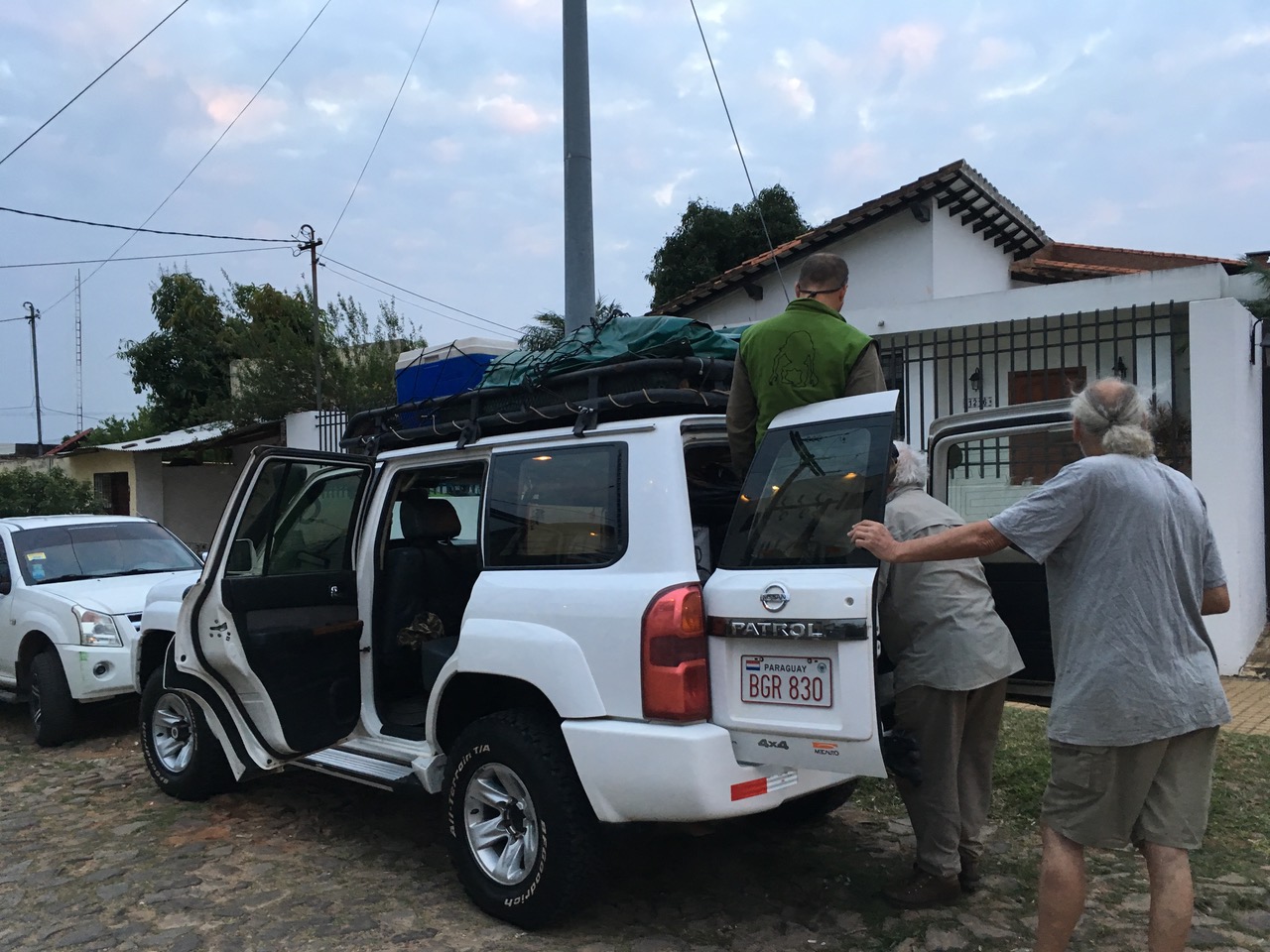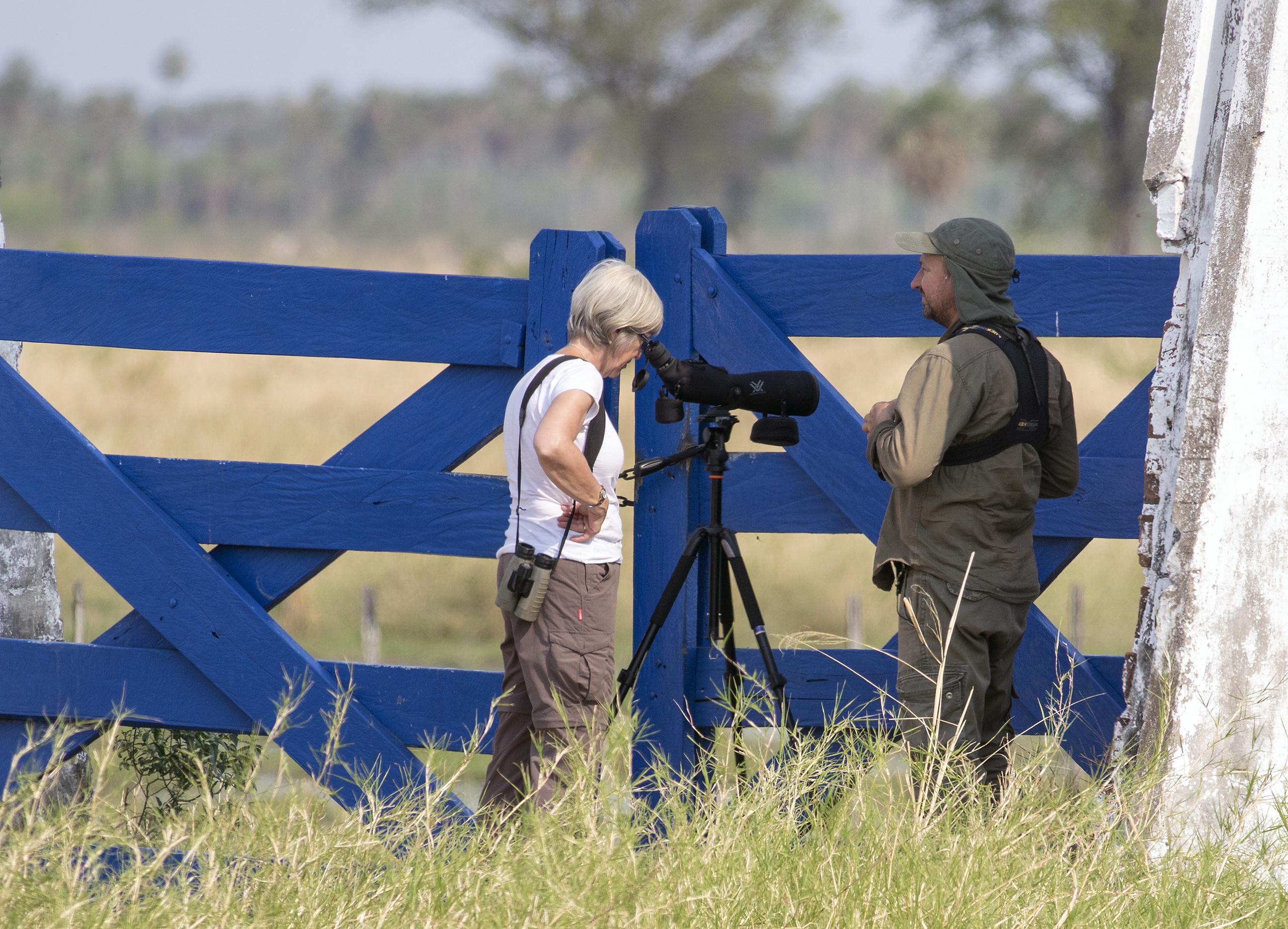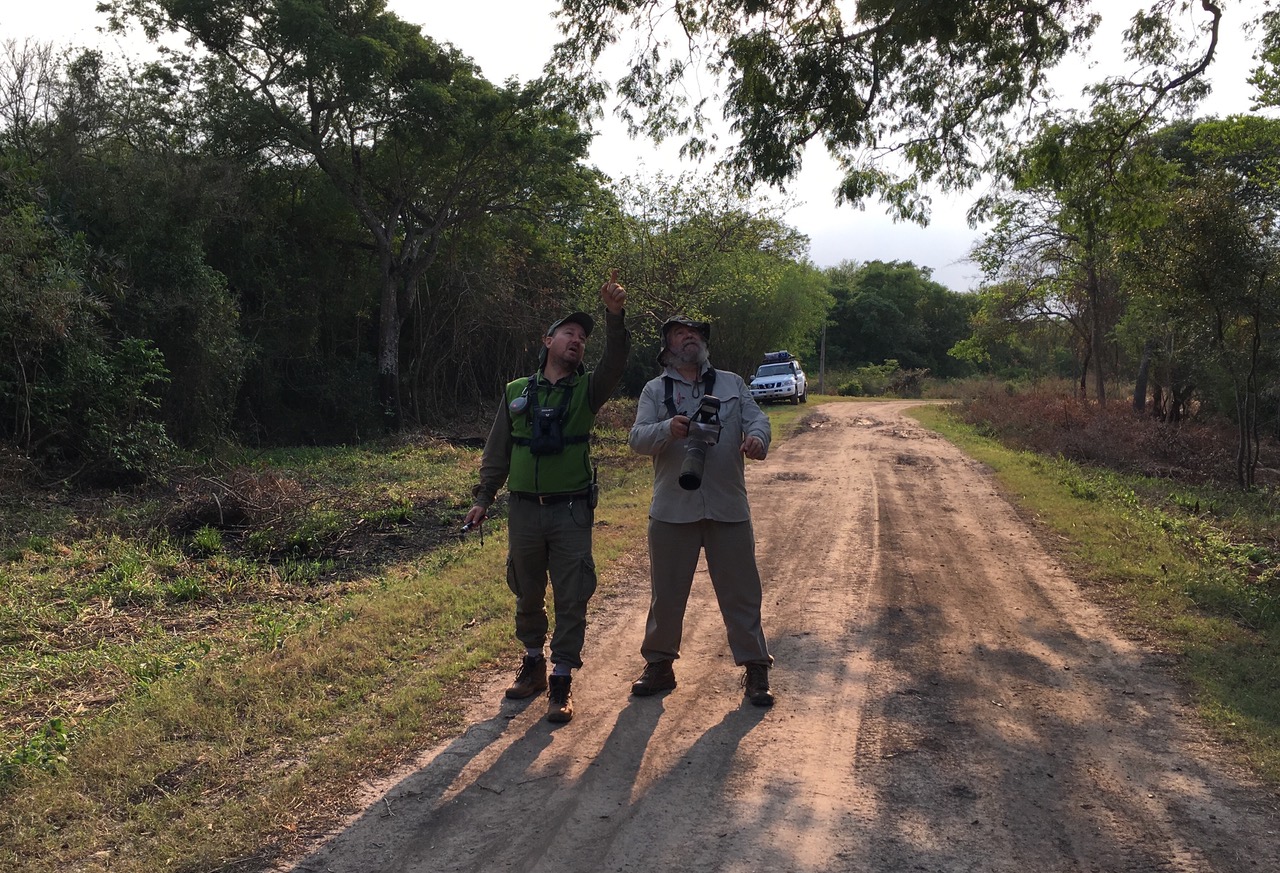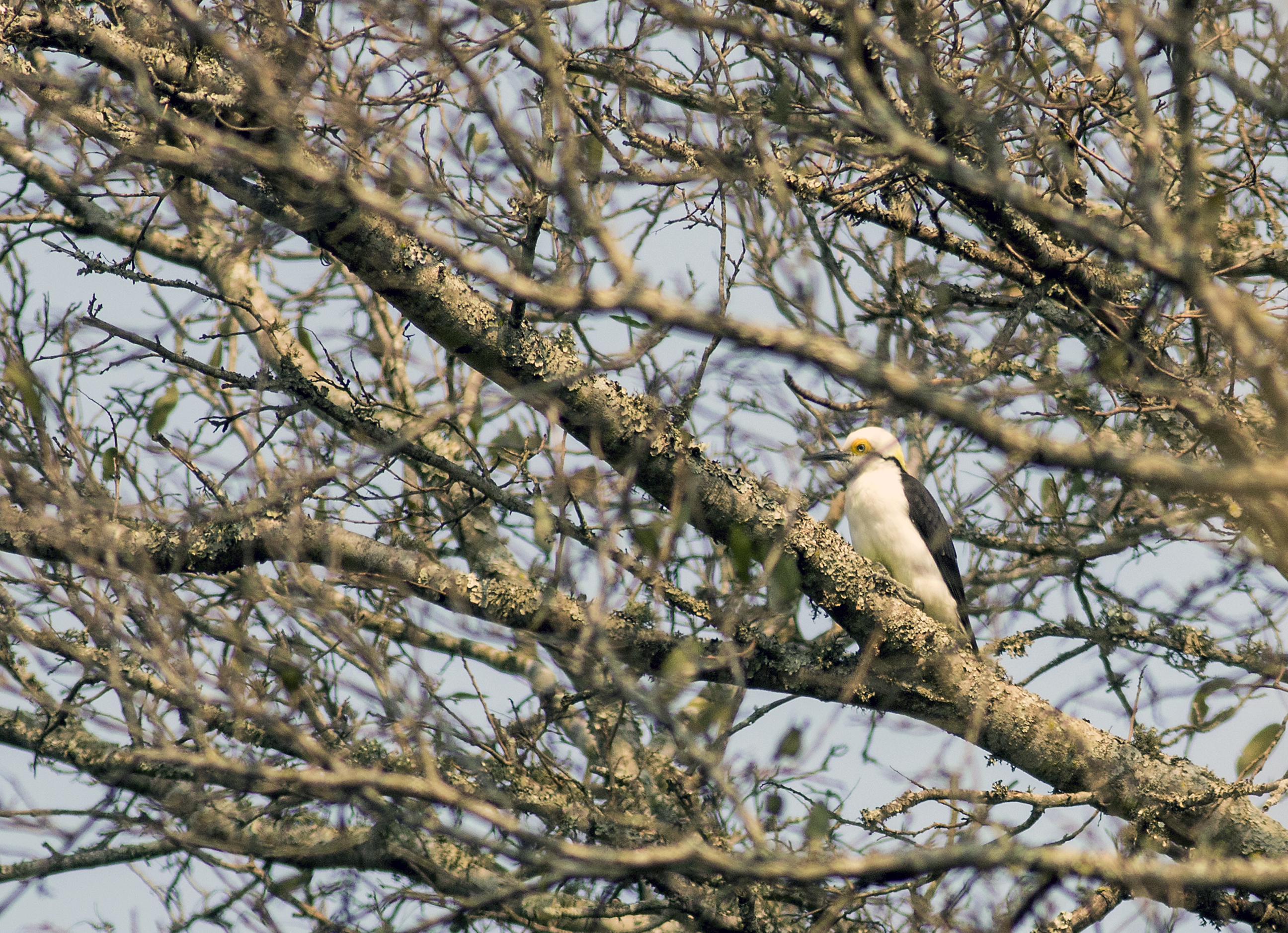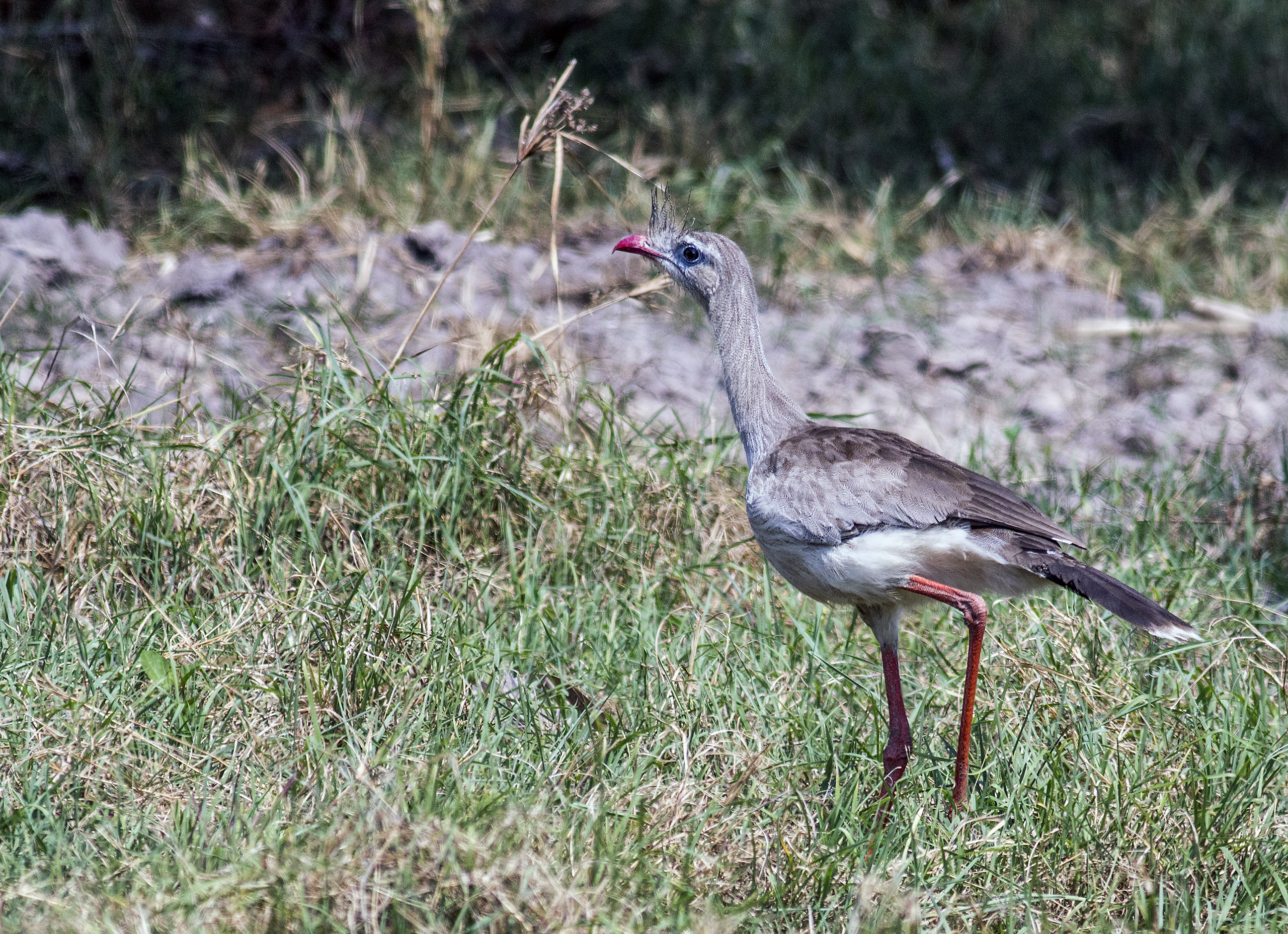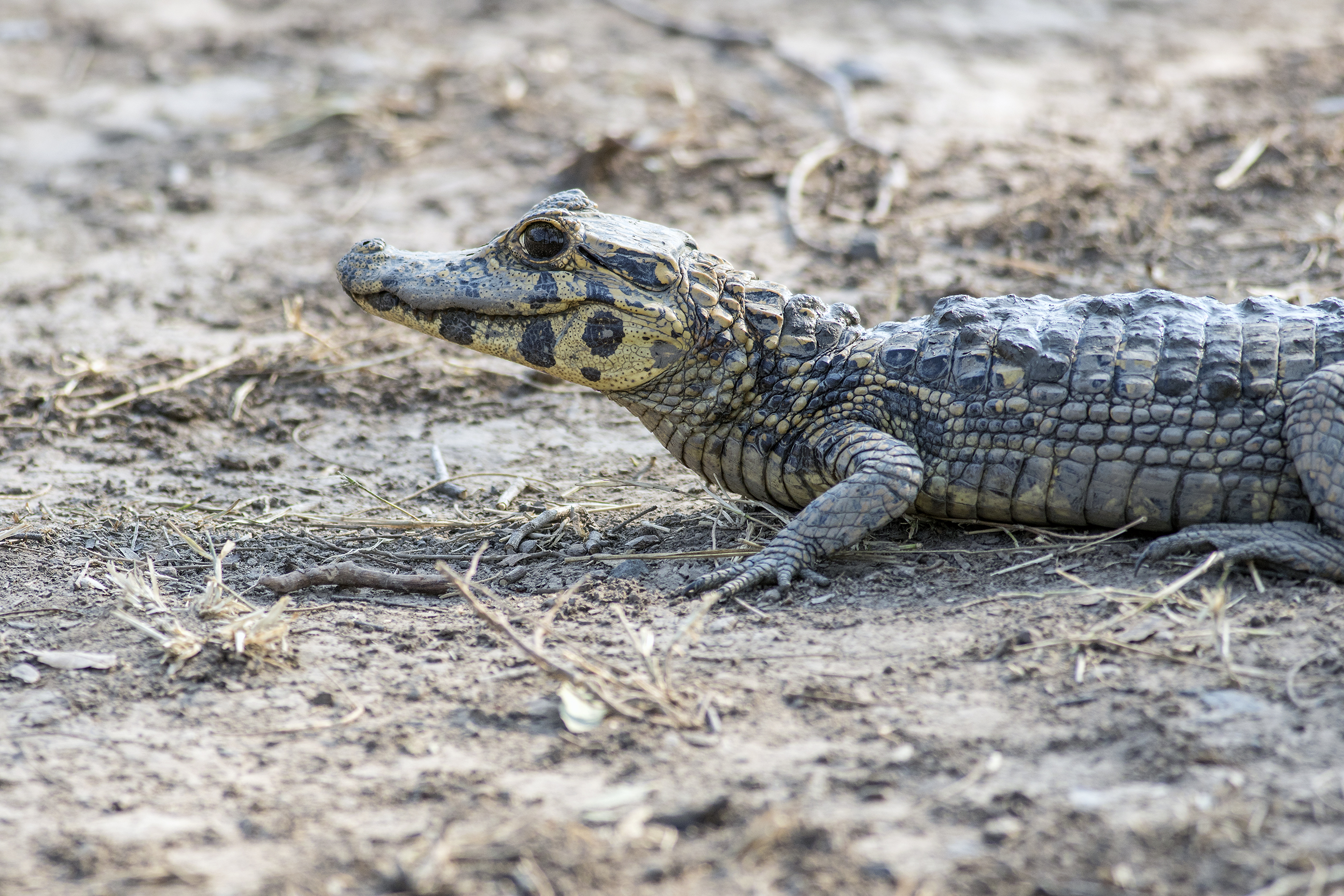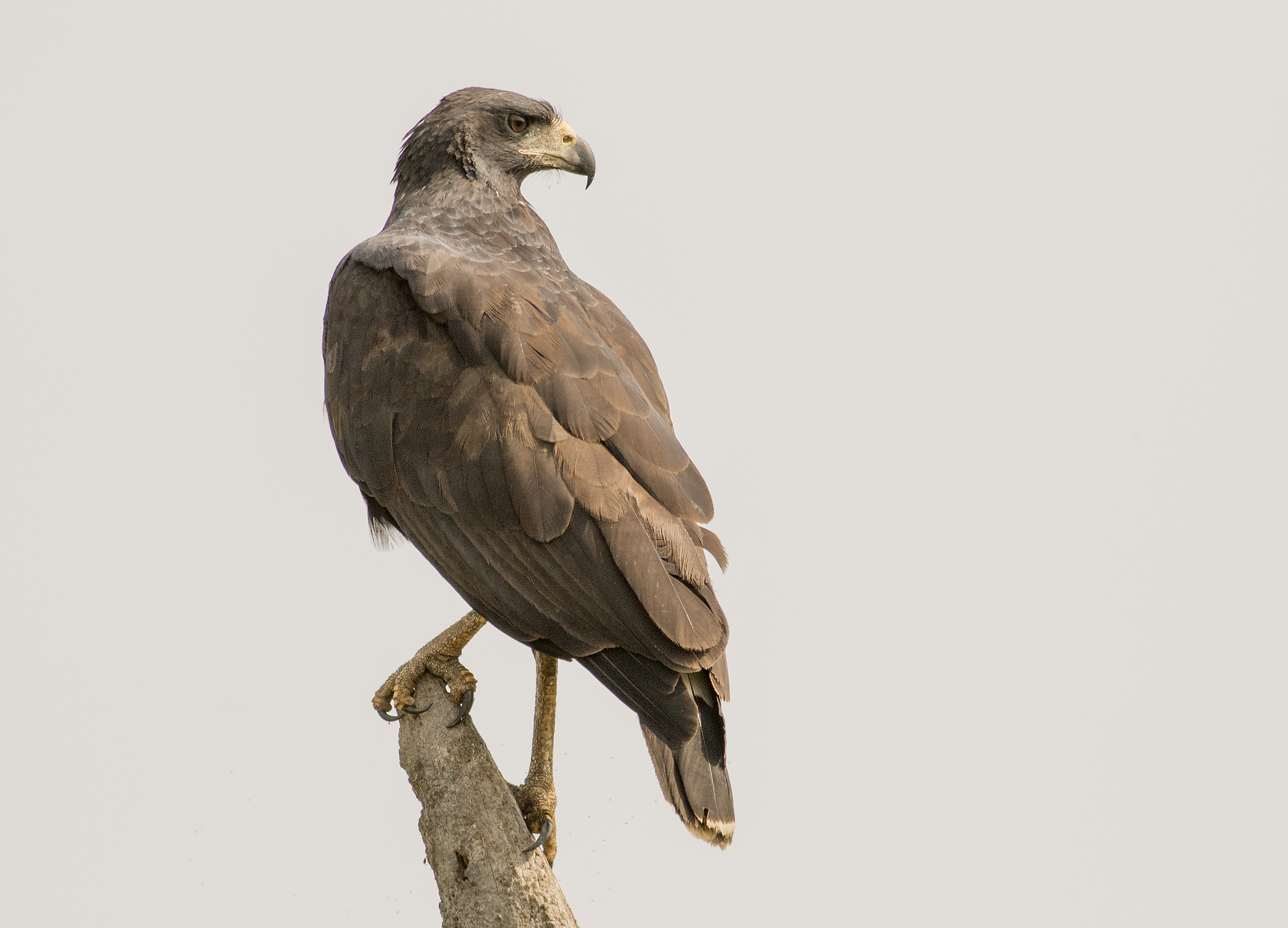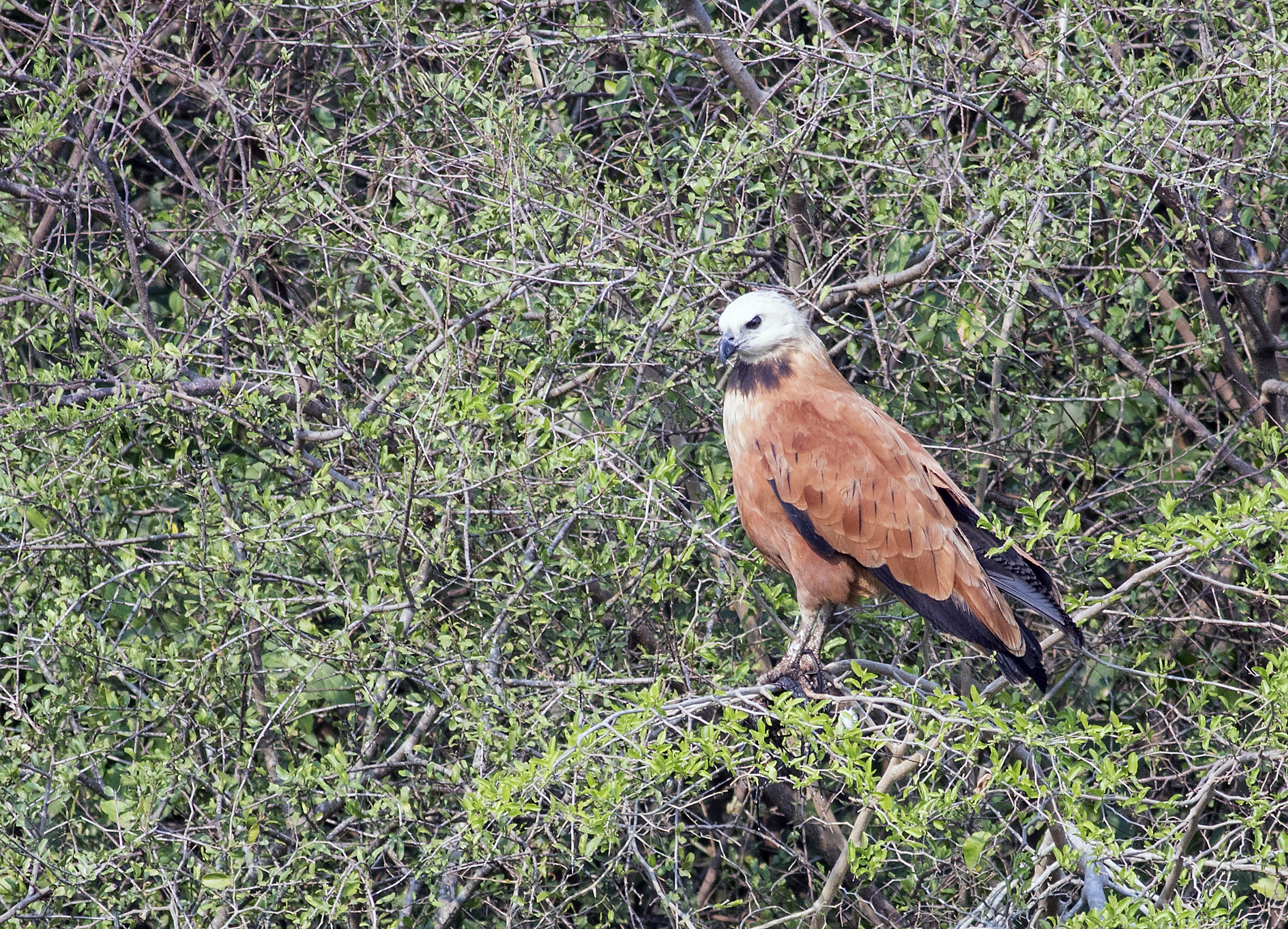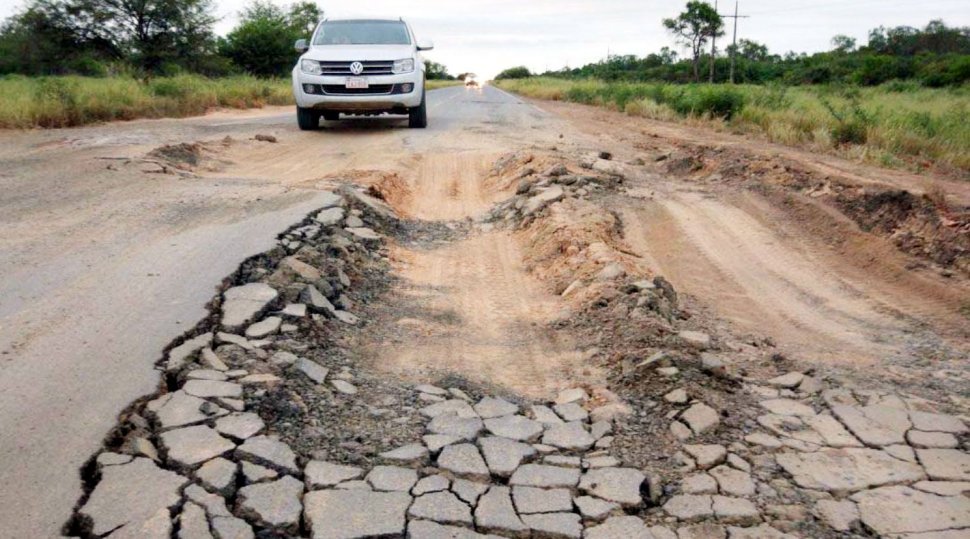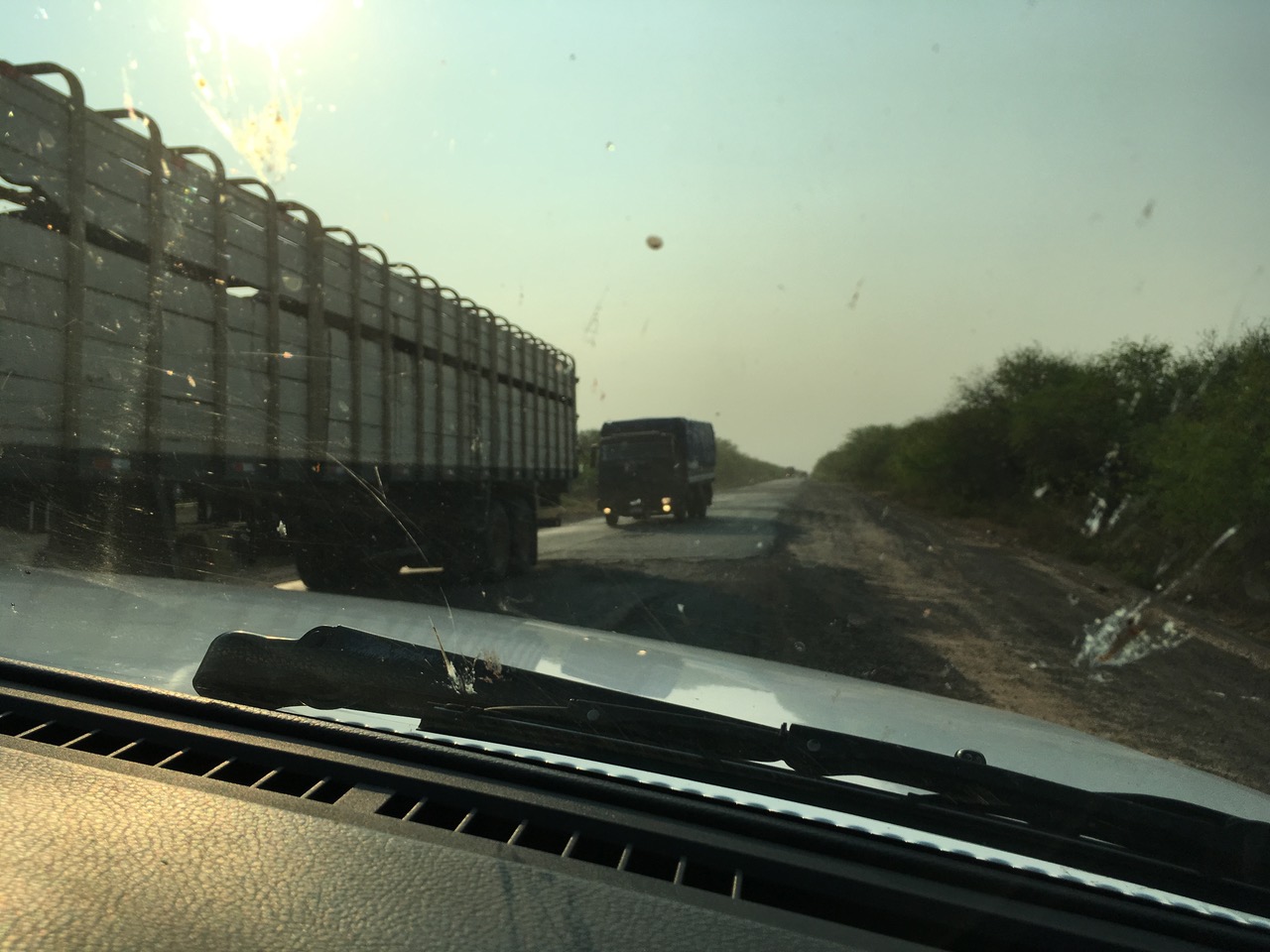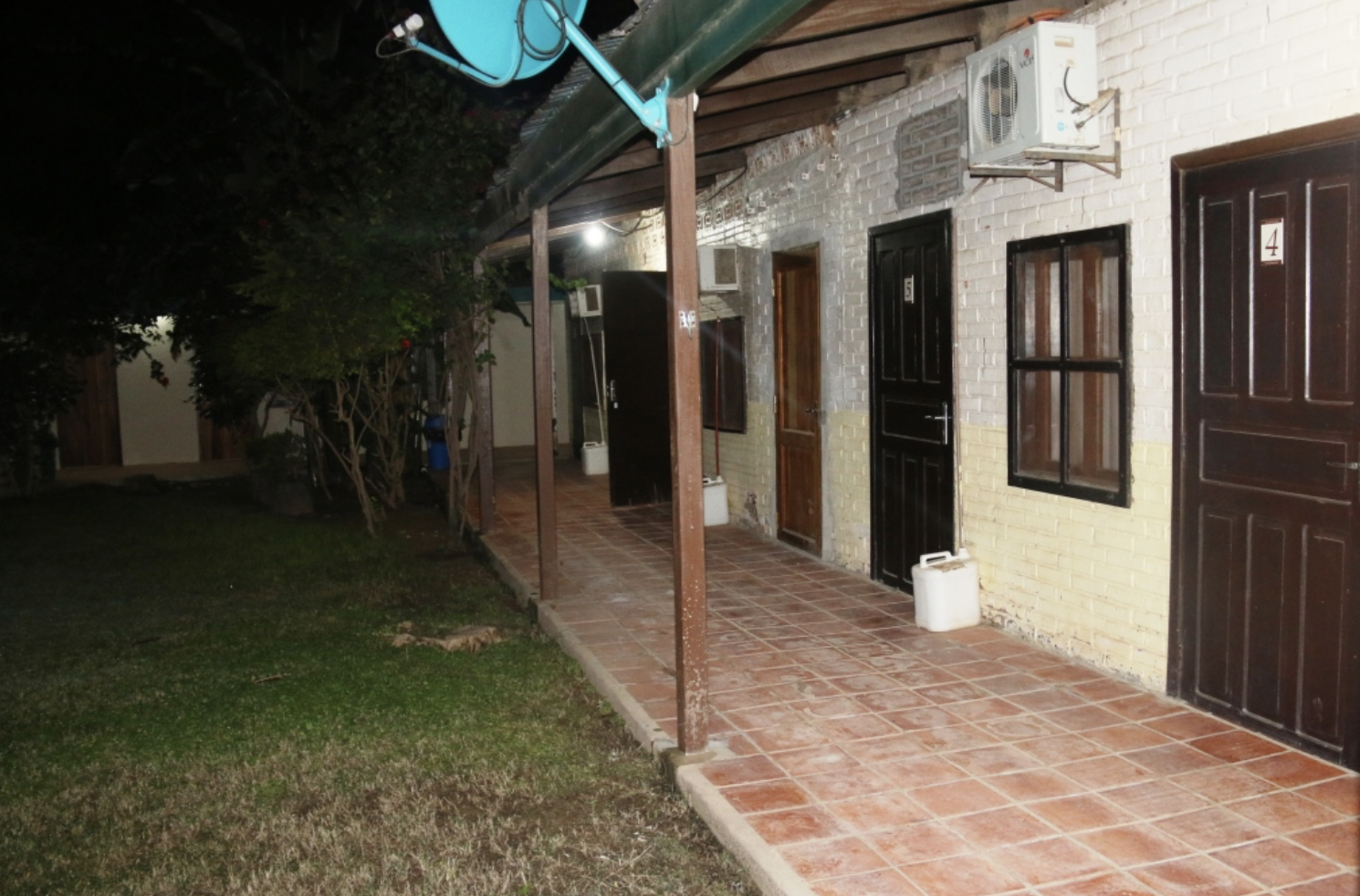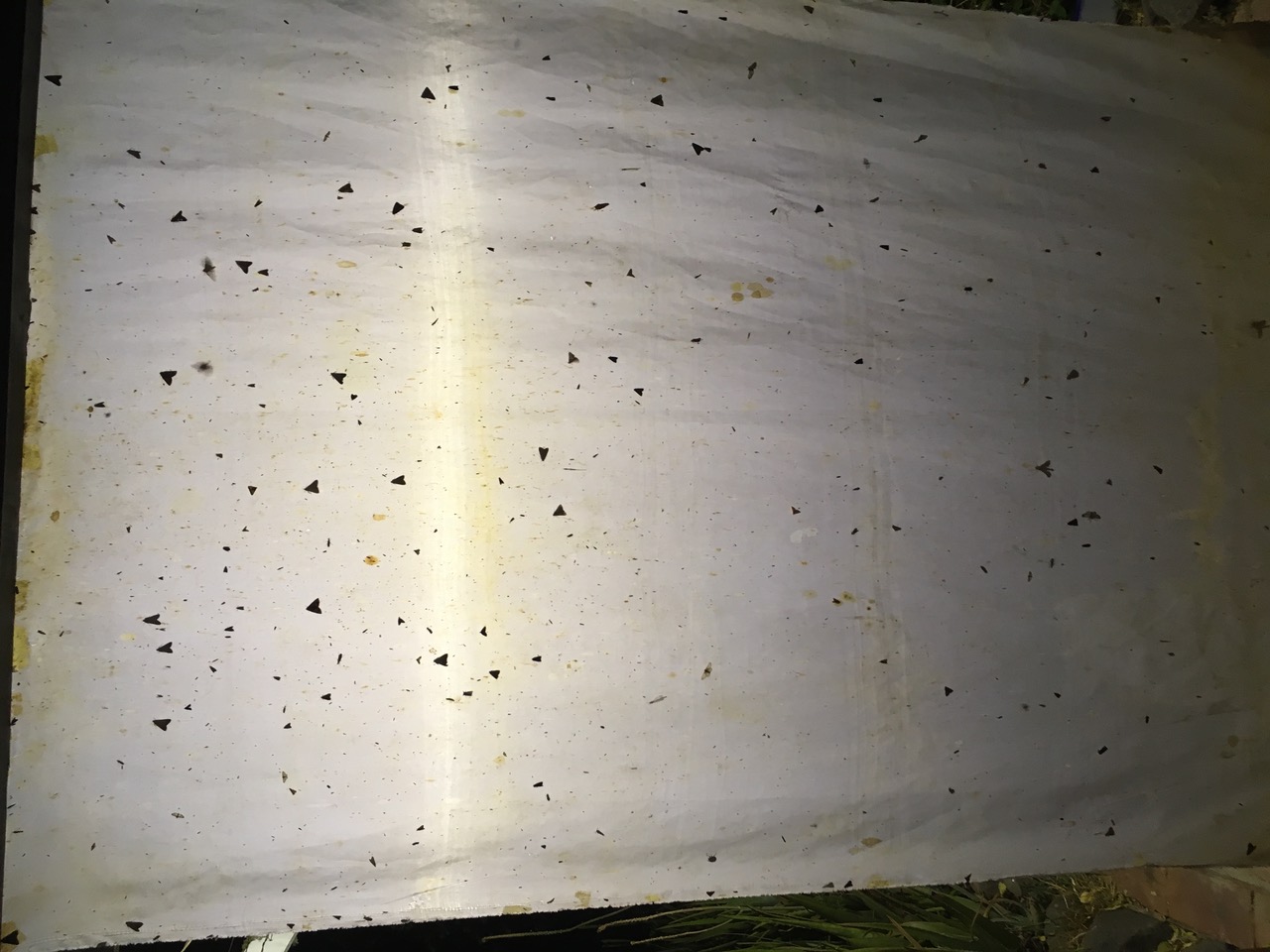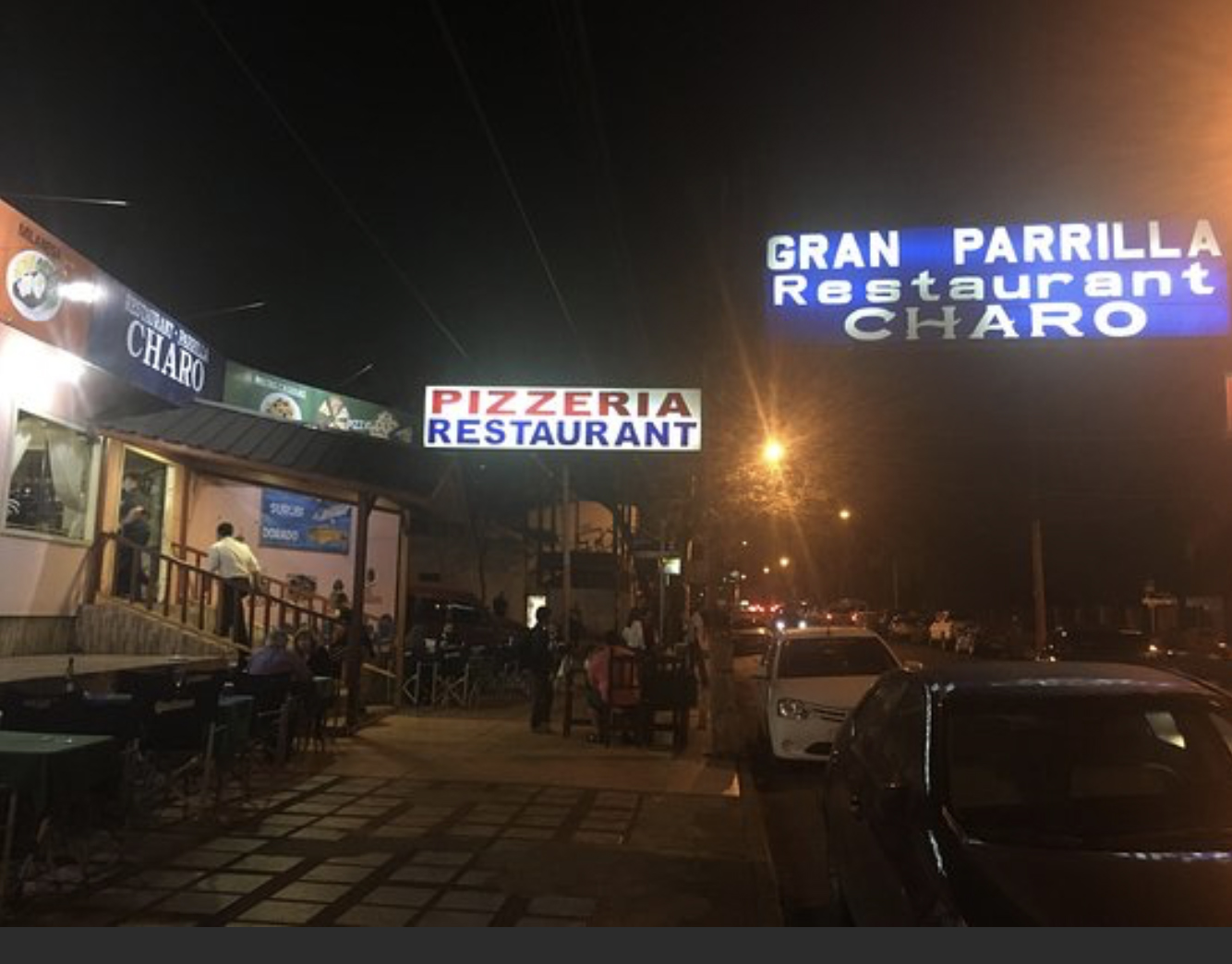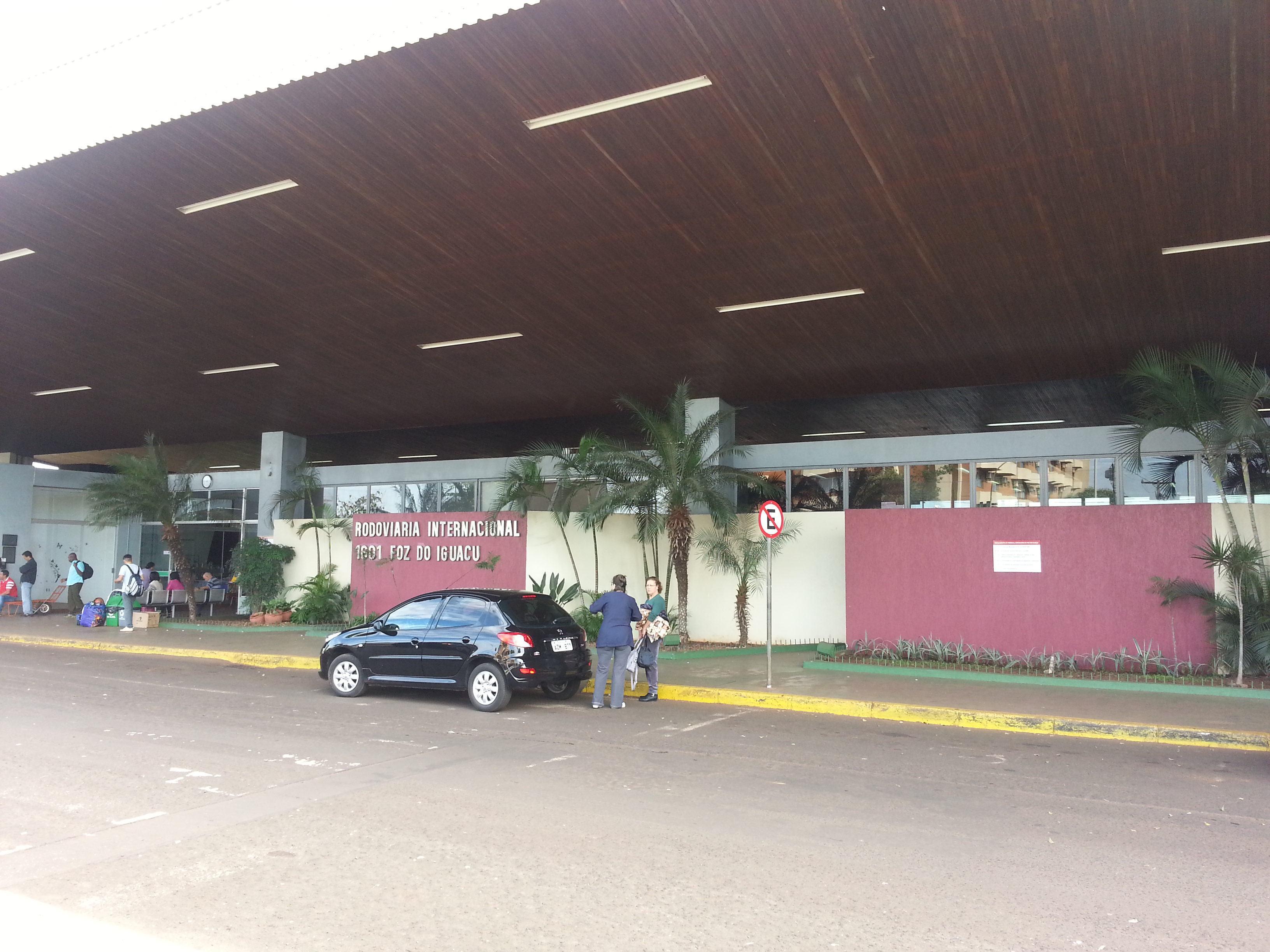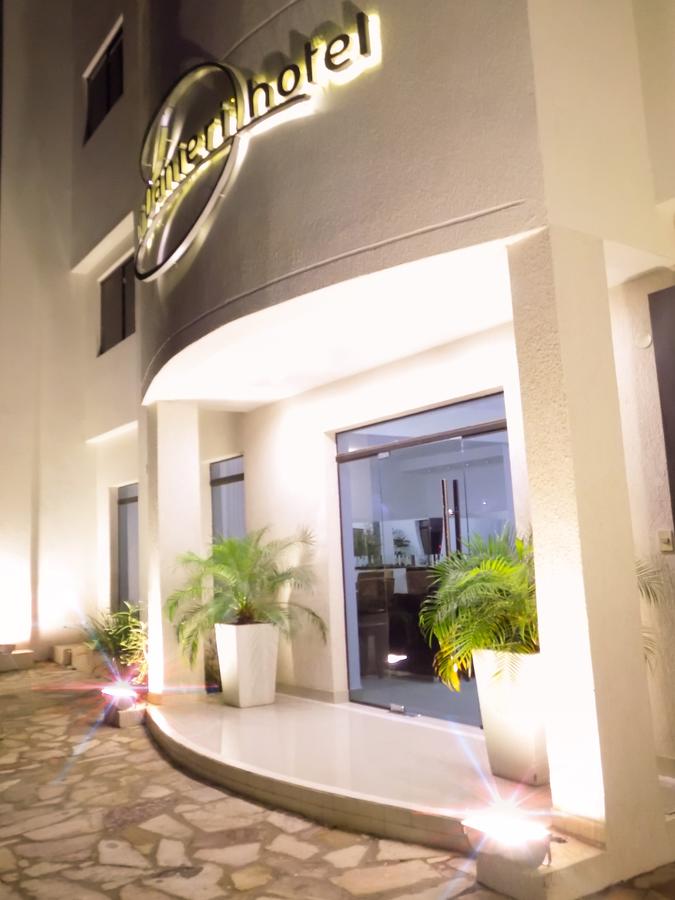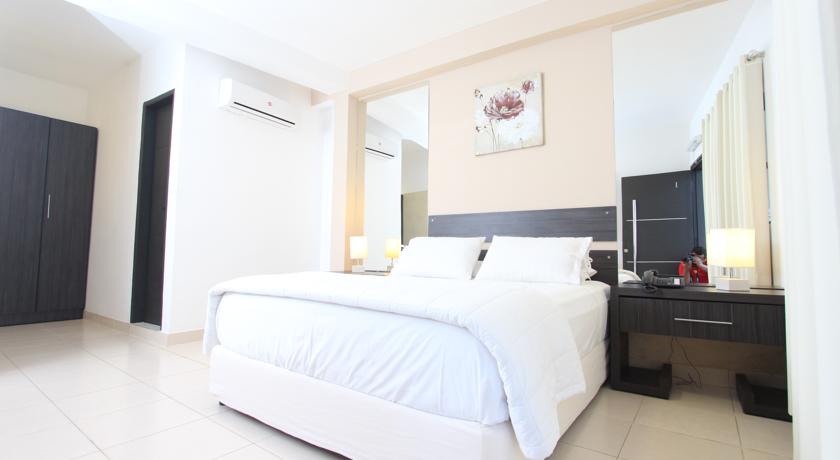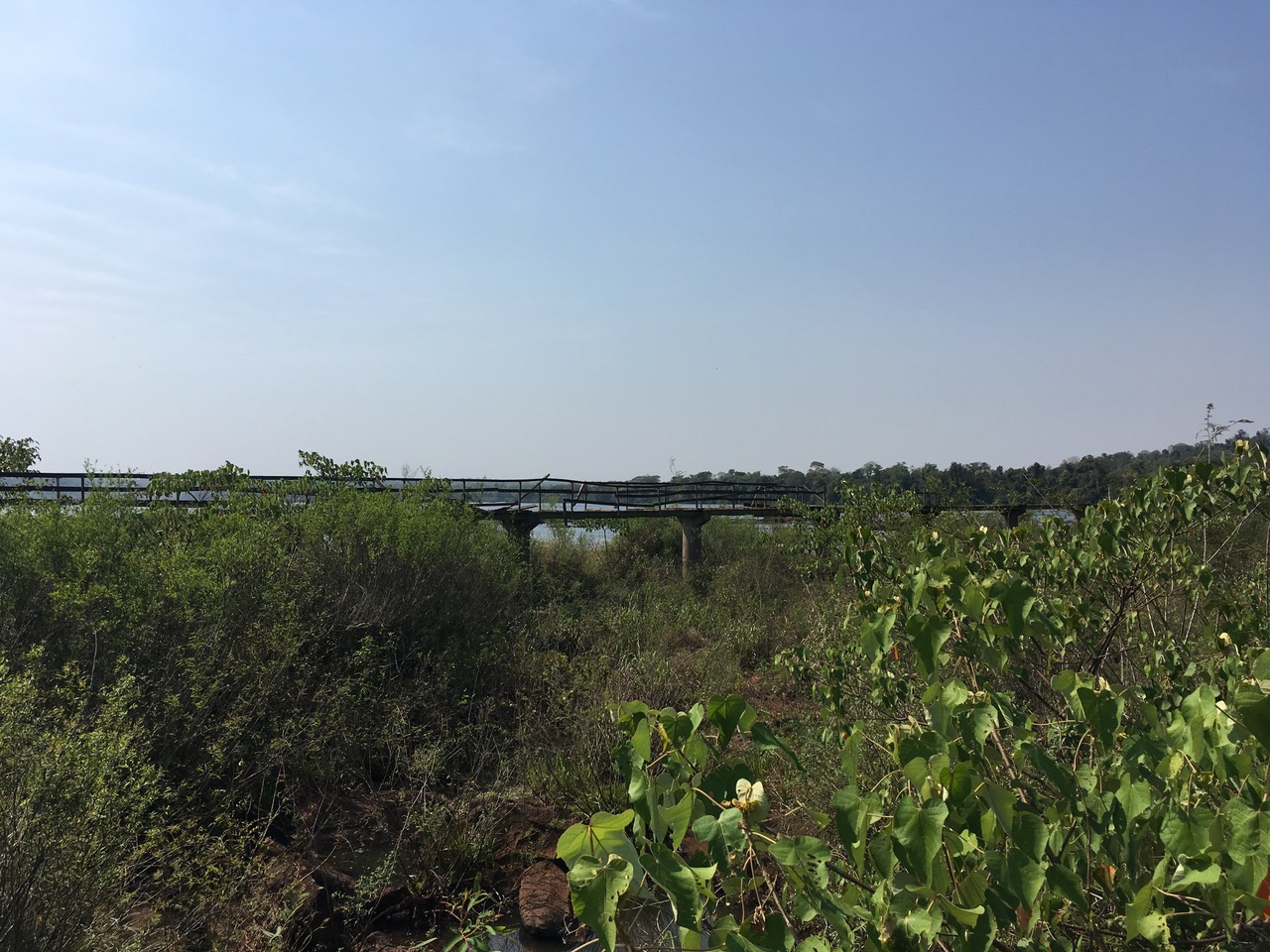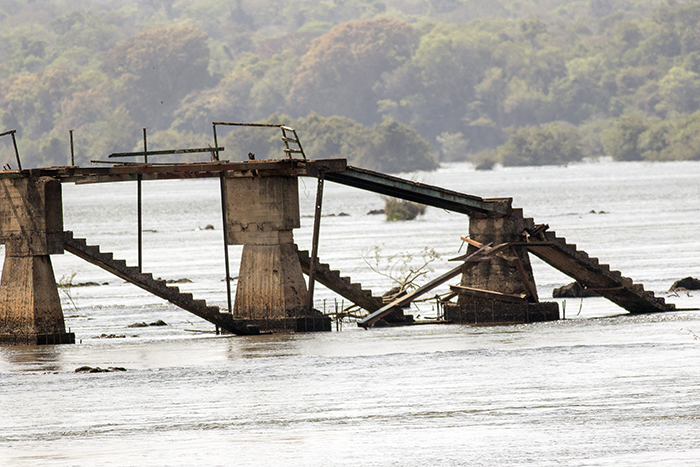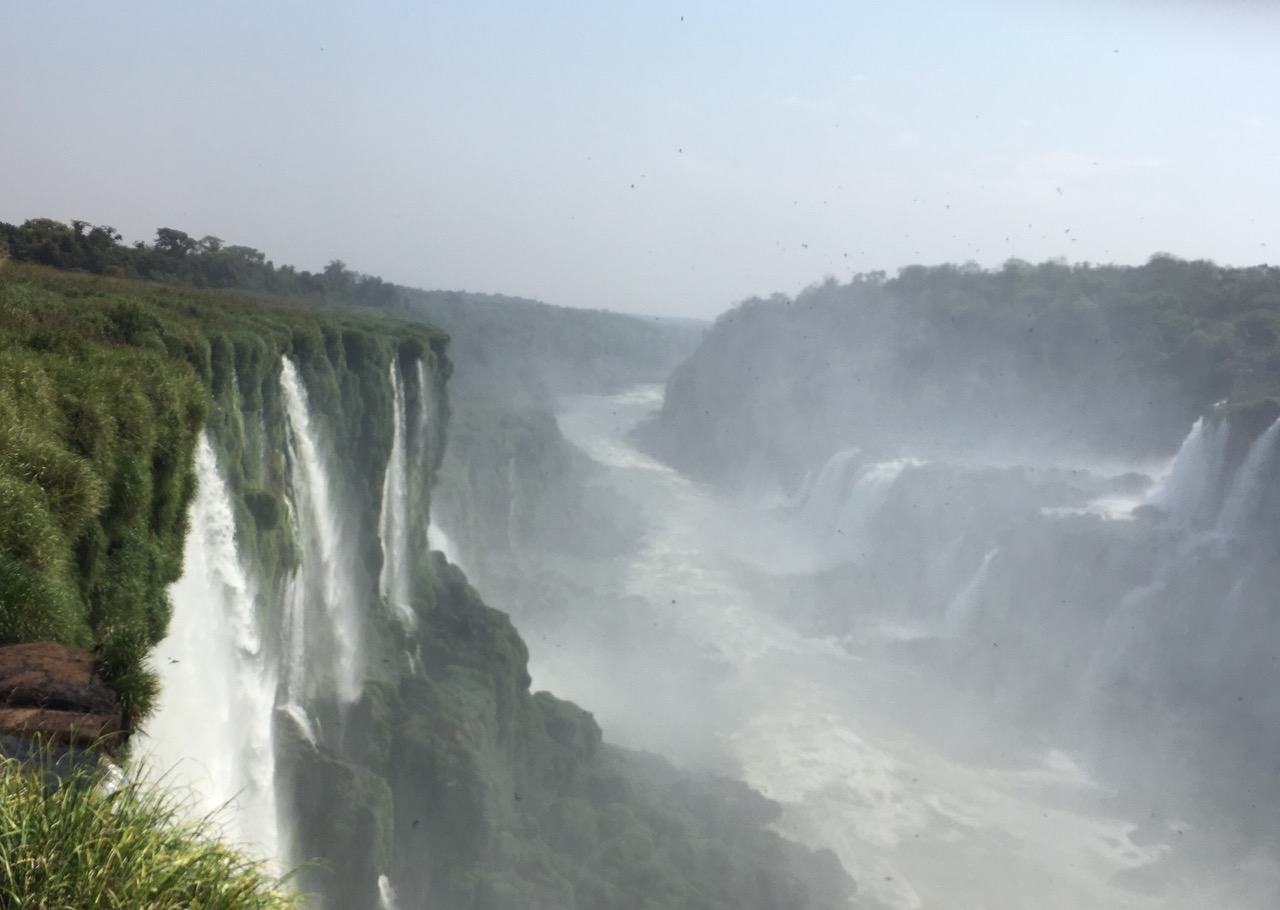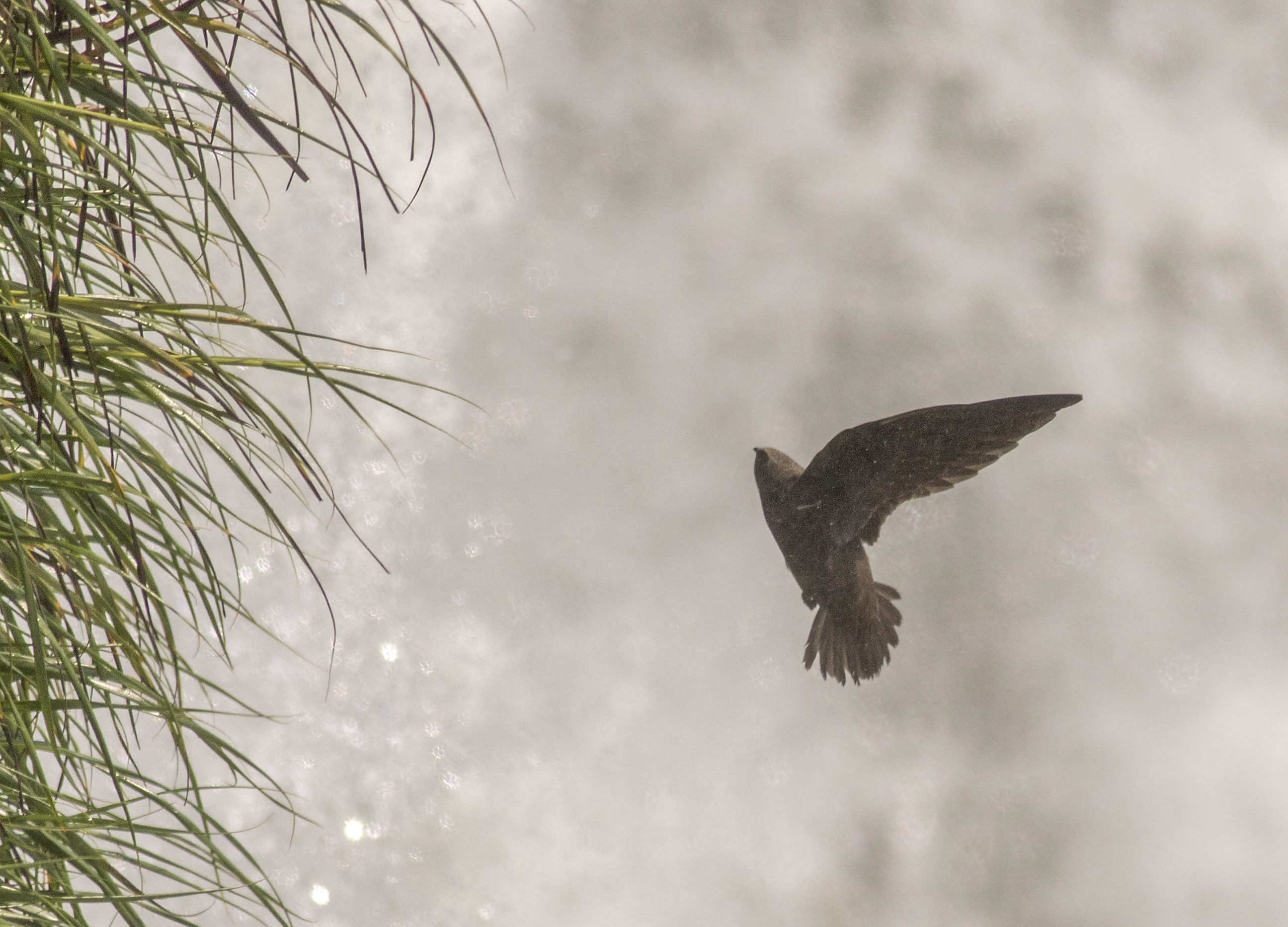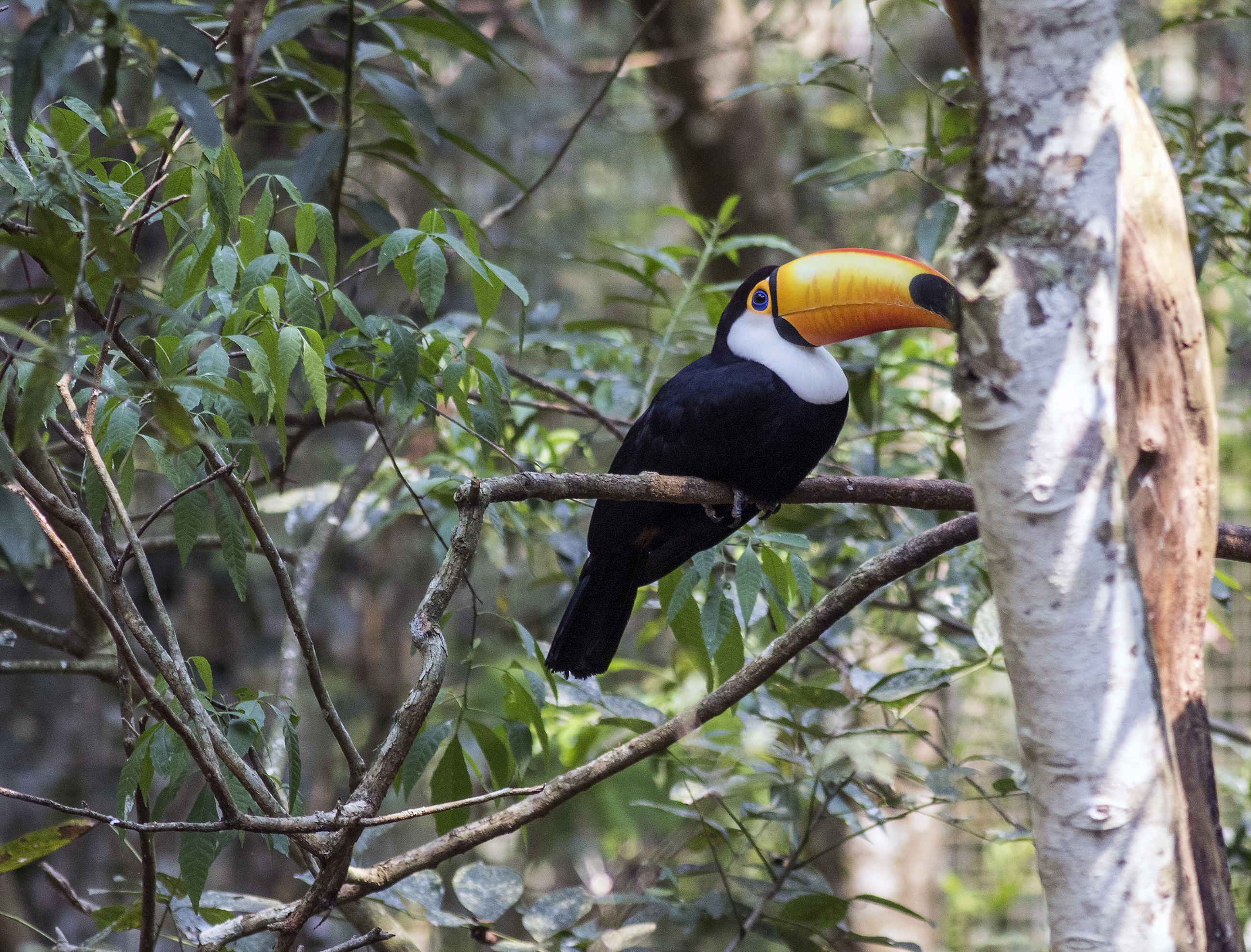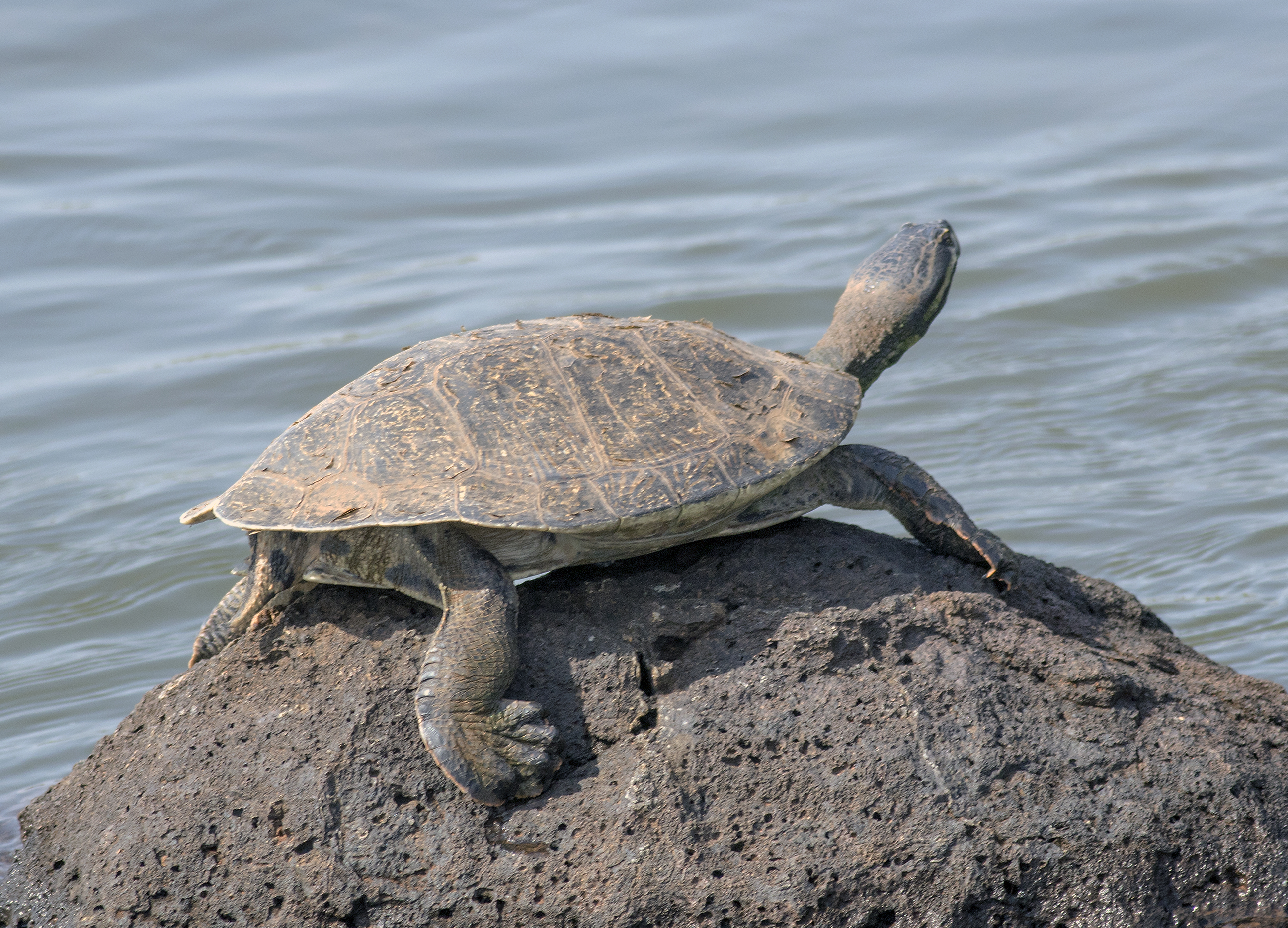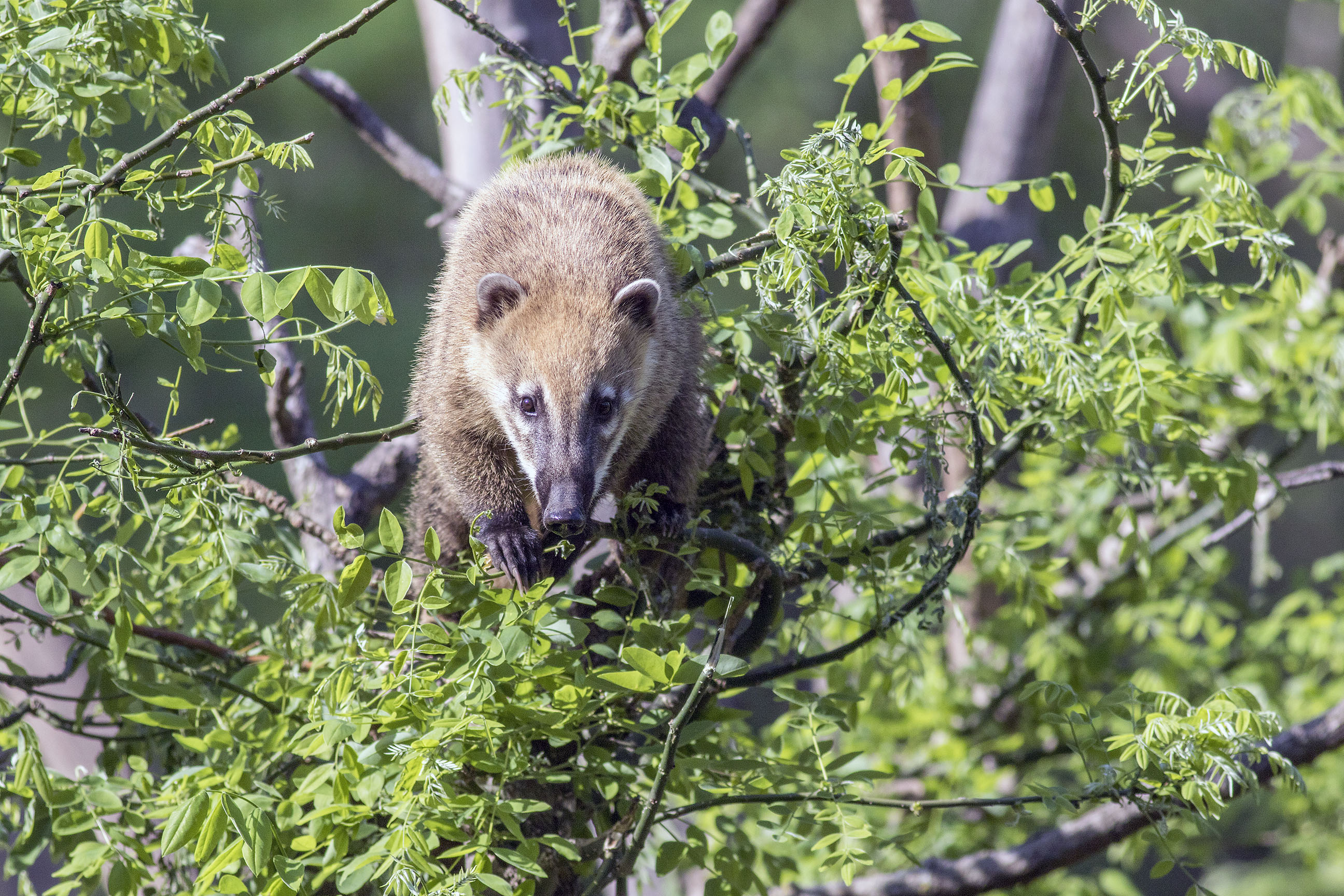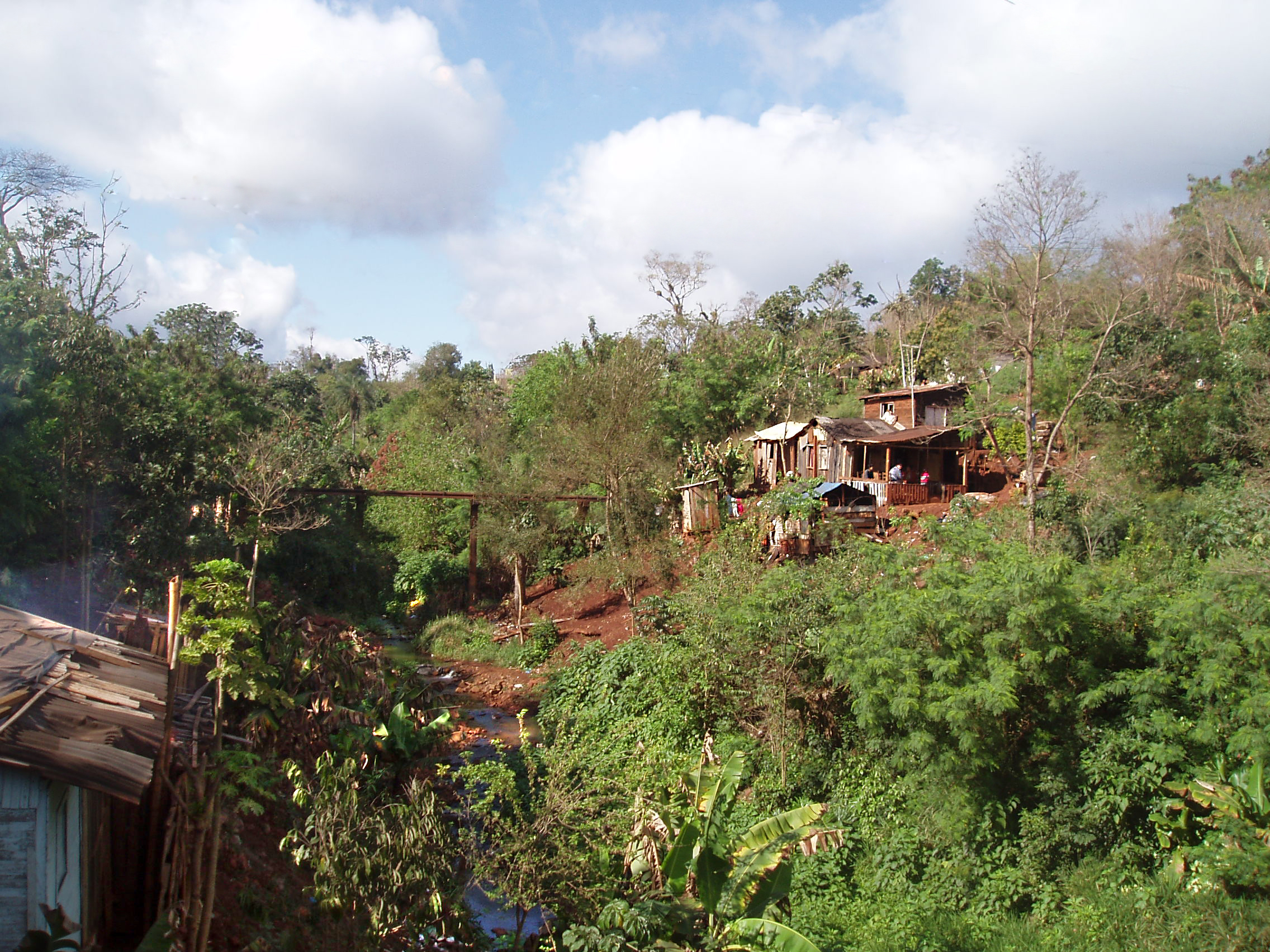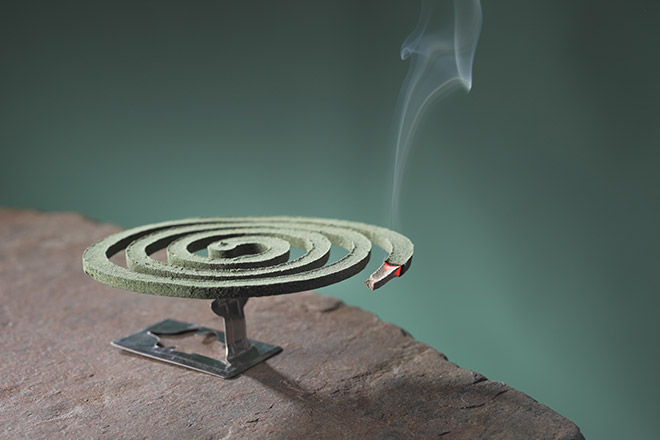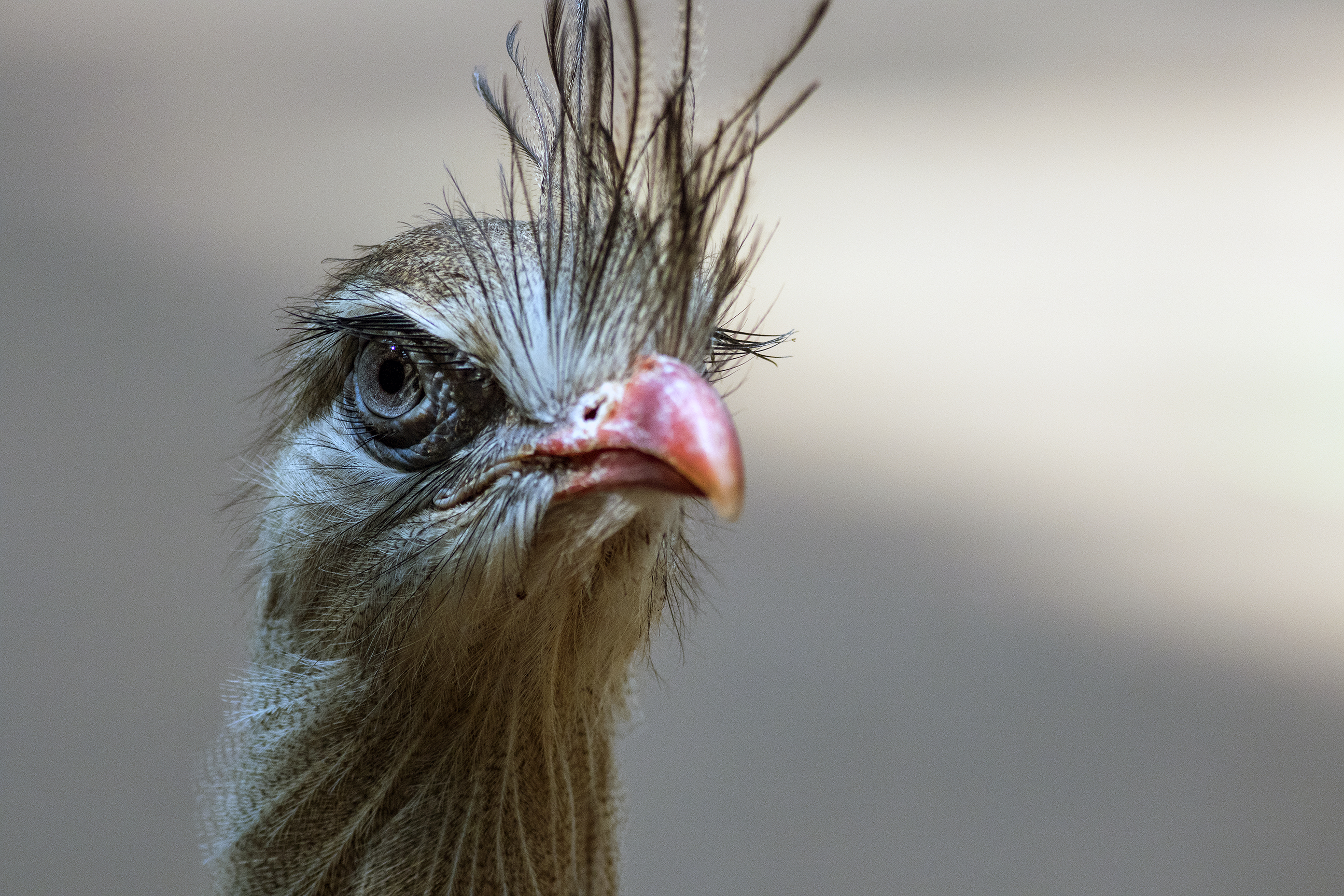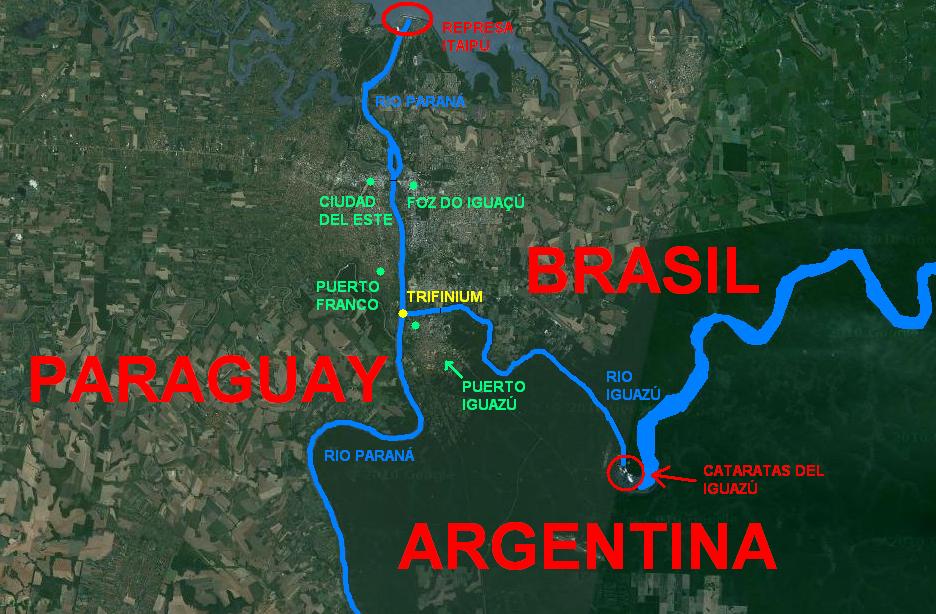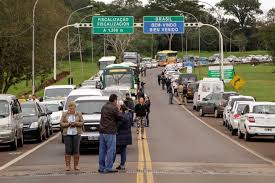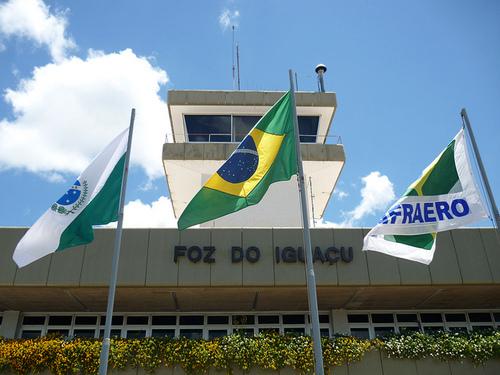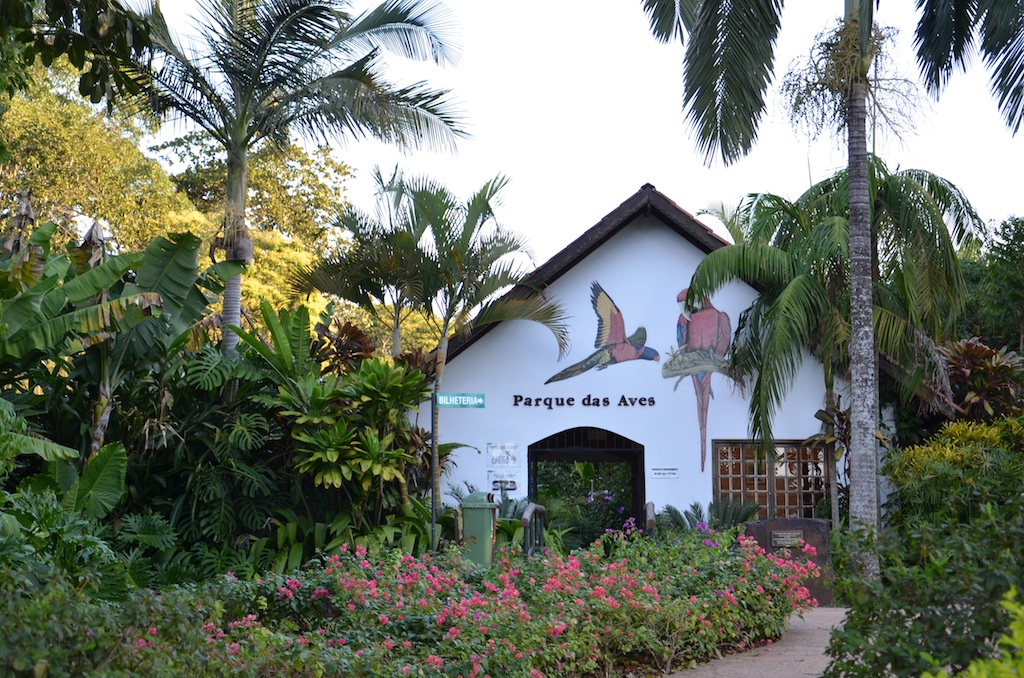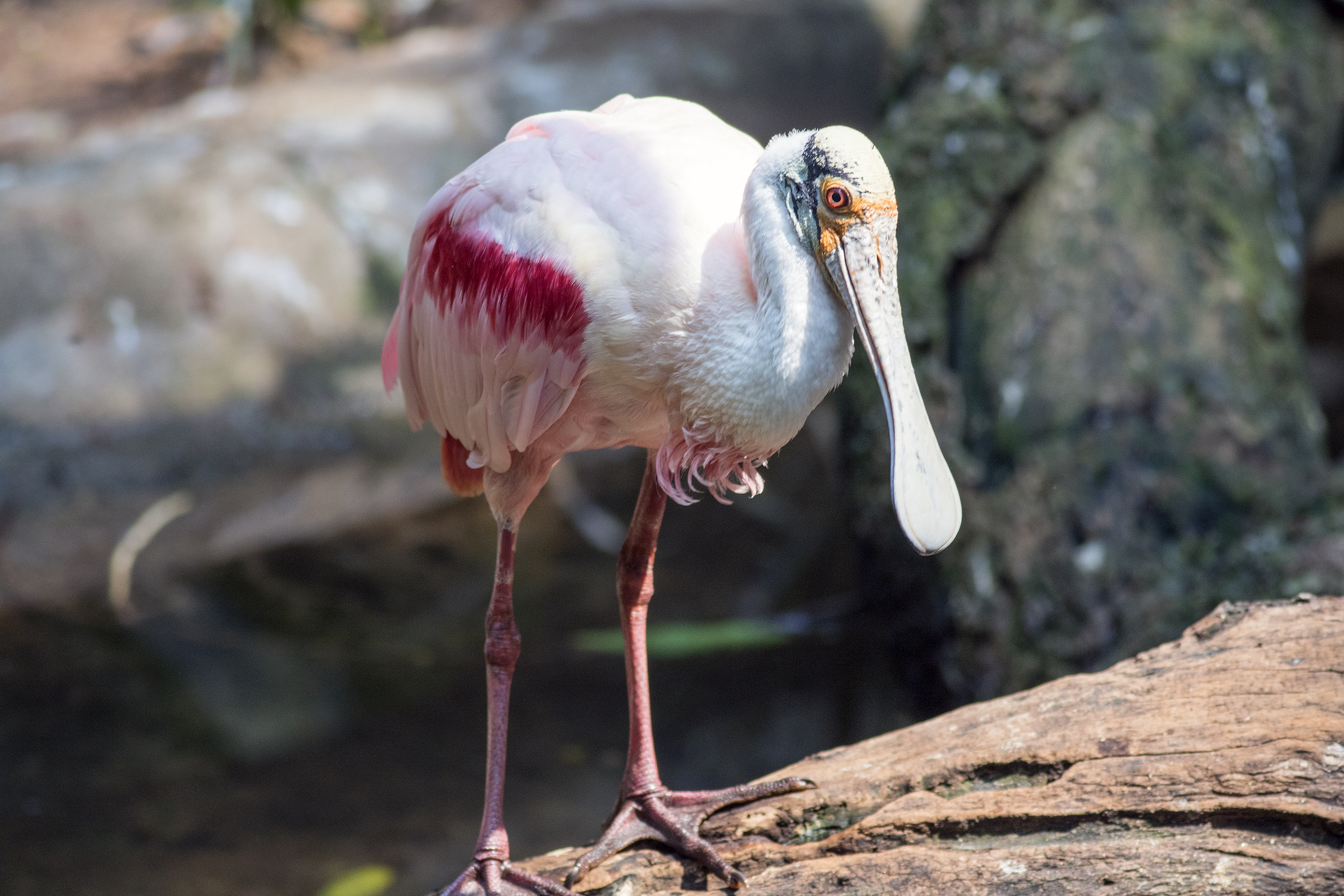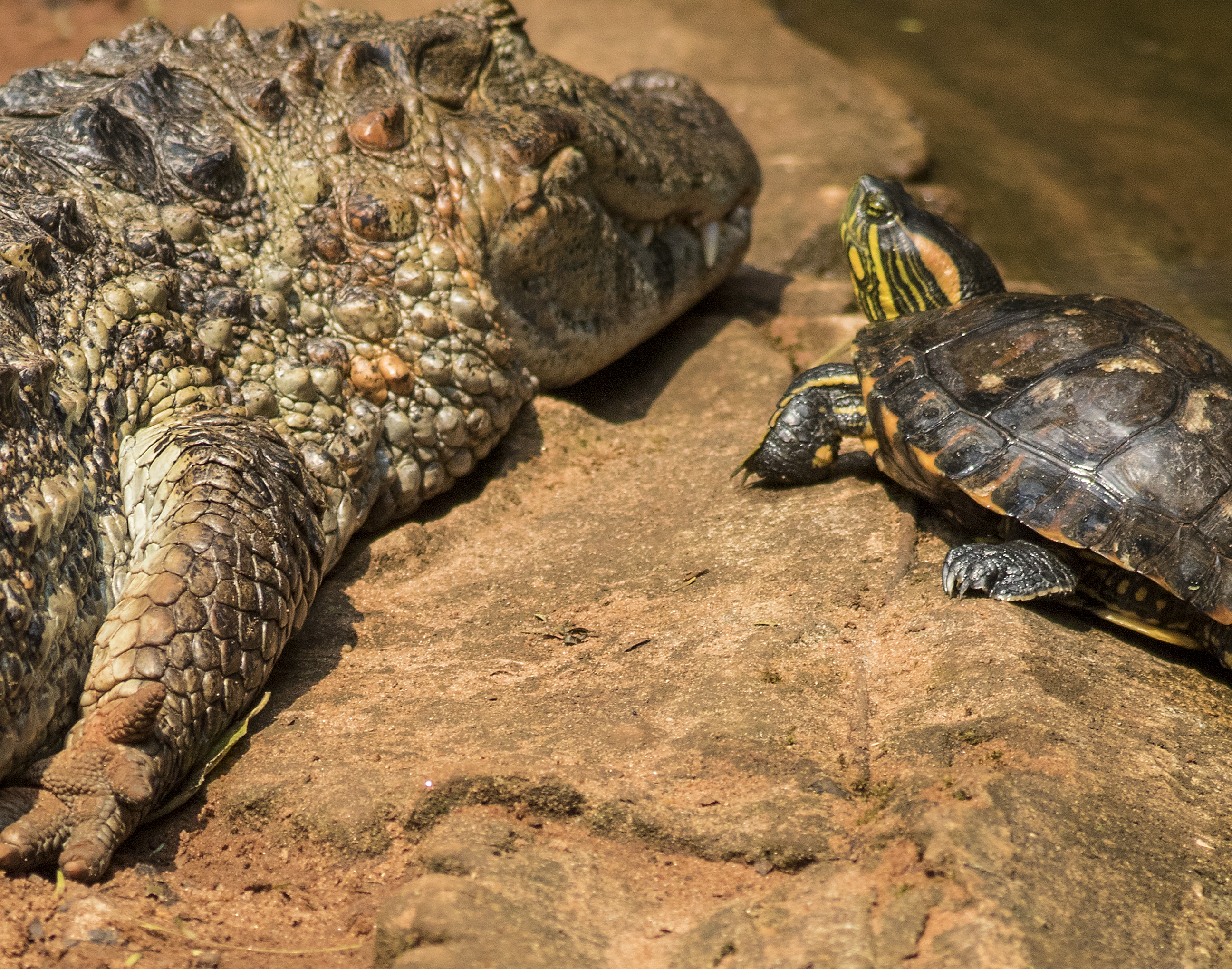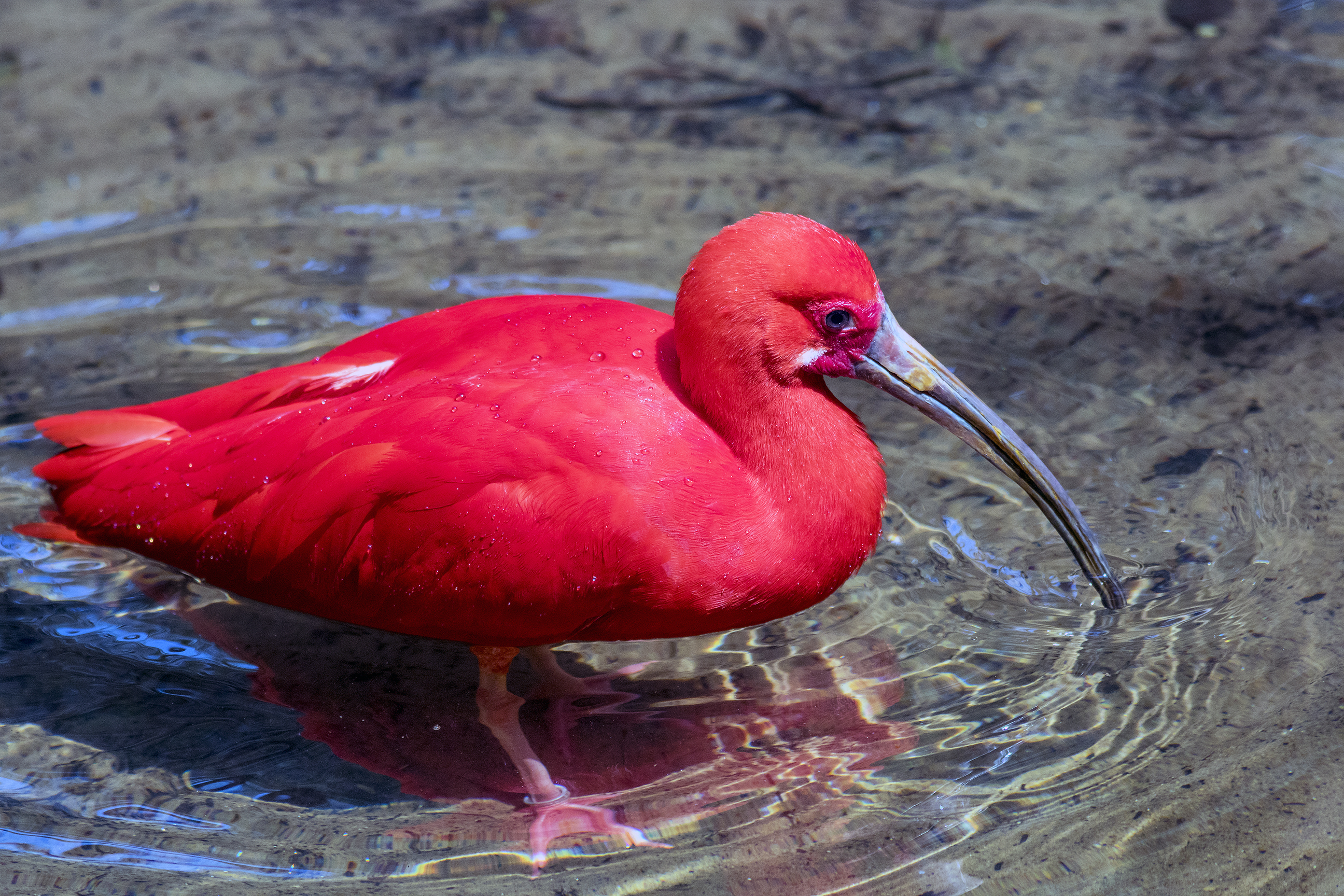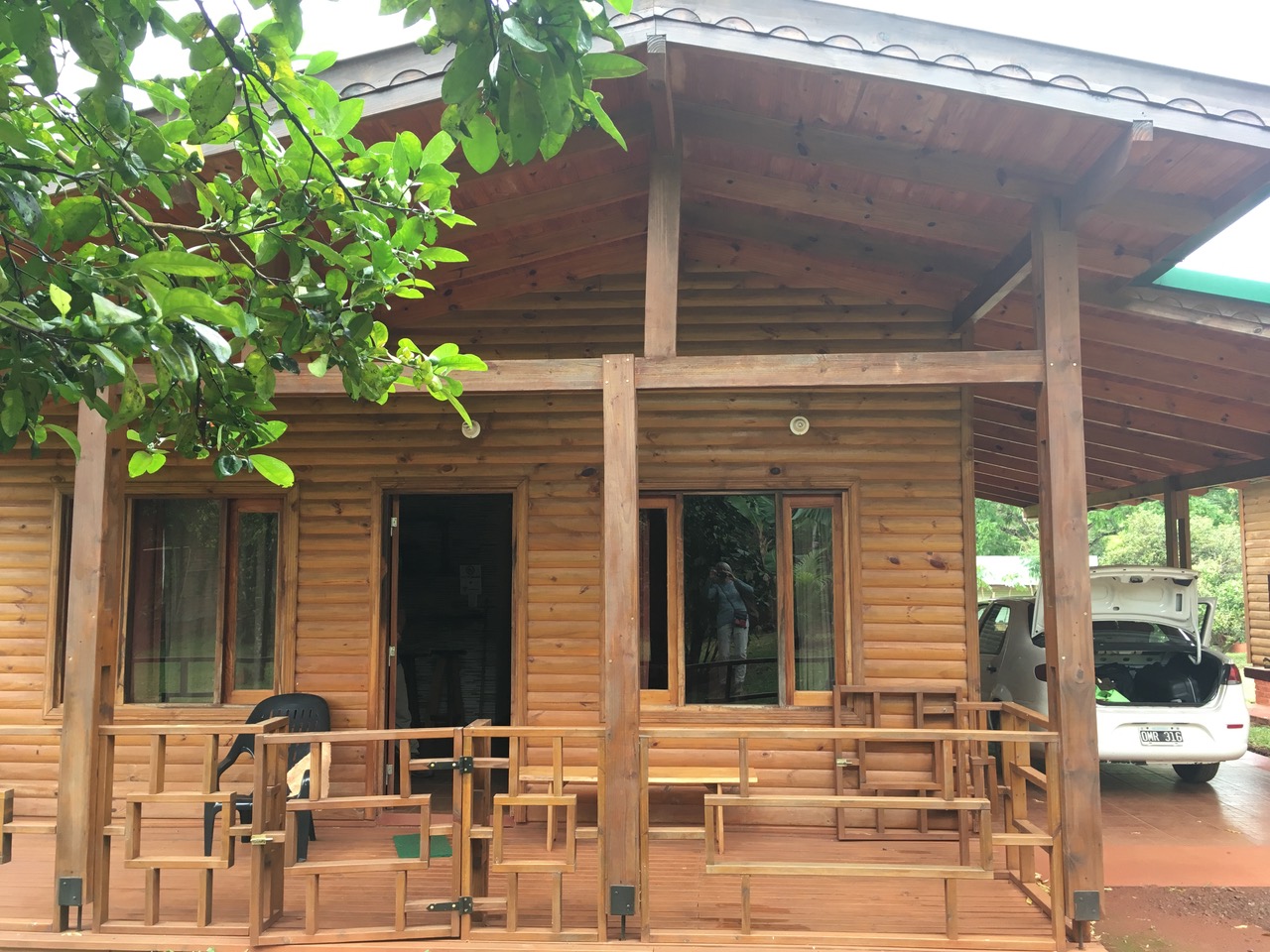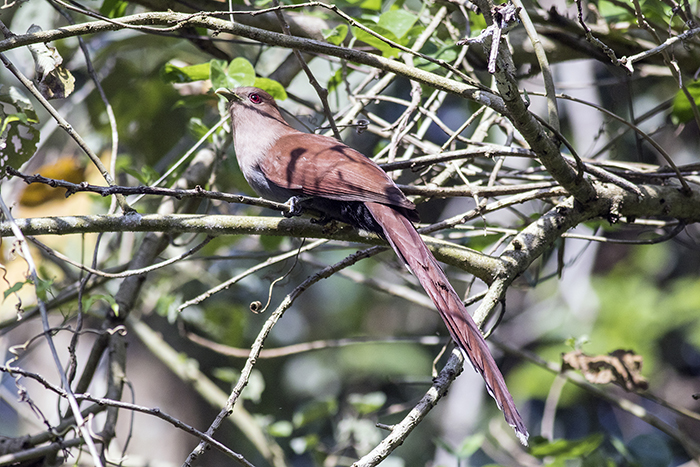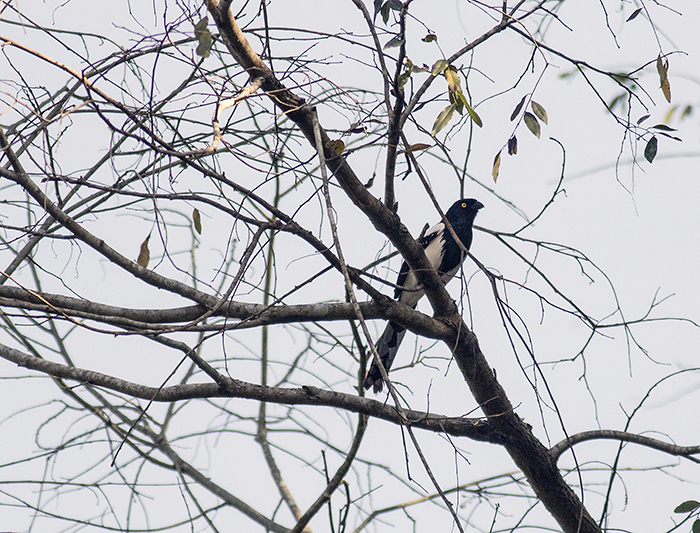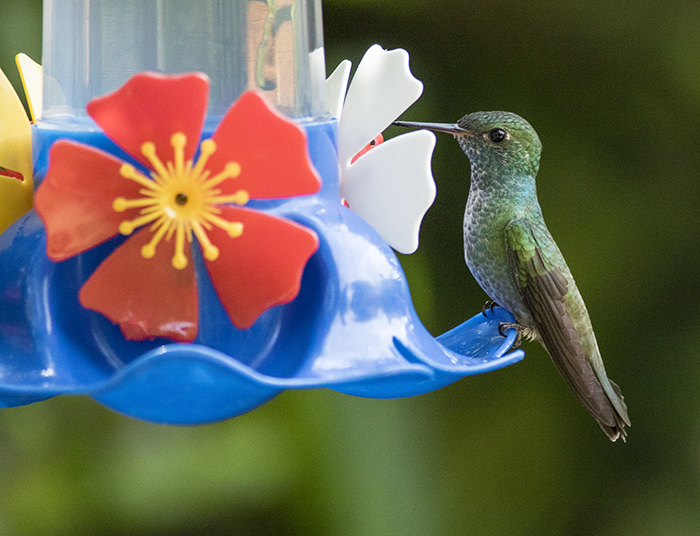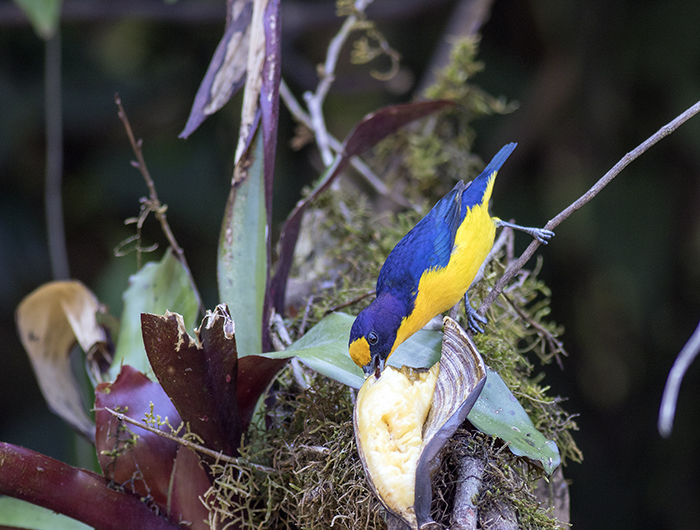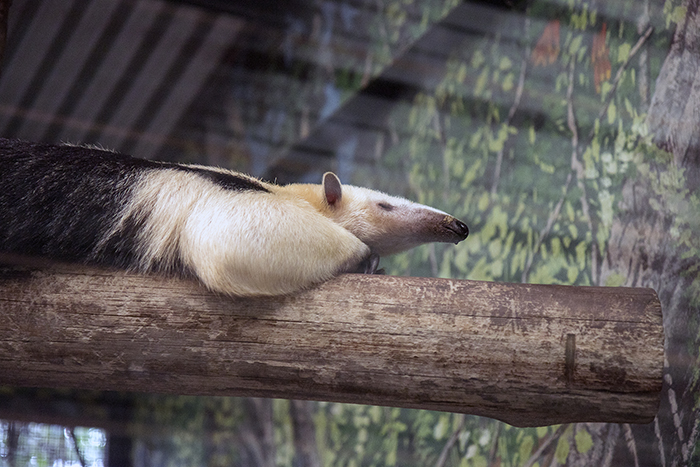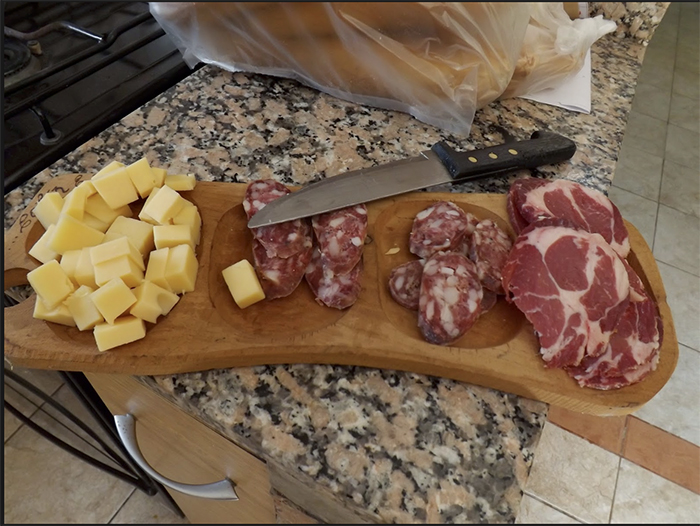Day 33: 19 September 2017 – Asunción – Santa María Fé
Left Asuncion early in horrendous traffic, made worse by the terrifying lack of any apparent traffic rules. This was particularly noticeable whenever two dual carriageways crossed with no roundabout or traffic lights. I can seriously say that this was the worst city for driving I have ever experienced, and I have travelled quite a lot! Getting out of the city was a nightmare too, even with the sat nav, but without it would have been impossible as we saw no road signs at all, and precious few street signs.

No traffic lights, no roundabouts – not for the faint-hearted
Once we had escaped the city and got out into open country it was very different – a much greener landscape than we had seen before in the Chaco area. We stopped in Yaguarón to see a beautiful old (1777) Franciscan Church – it is the only reduction to have its original church still standing in it’s original form. Yaguarón is a very attractive town with a different feel to it compared with where we have been before. It is laid out on a grid system with leafy residential cobbled streets and well built, red-tiled houses.
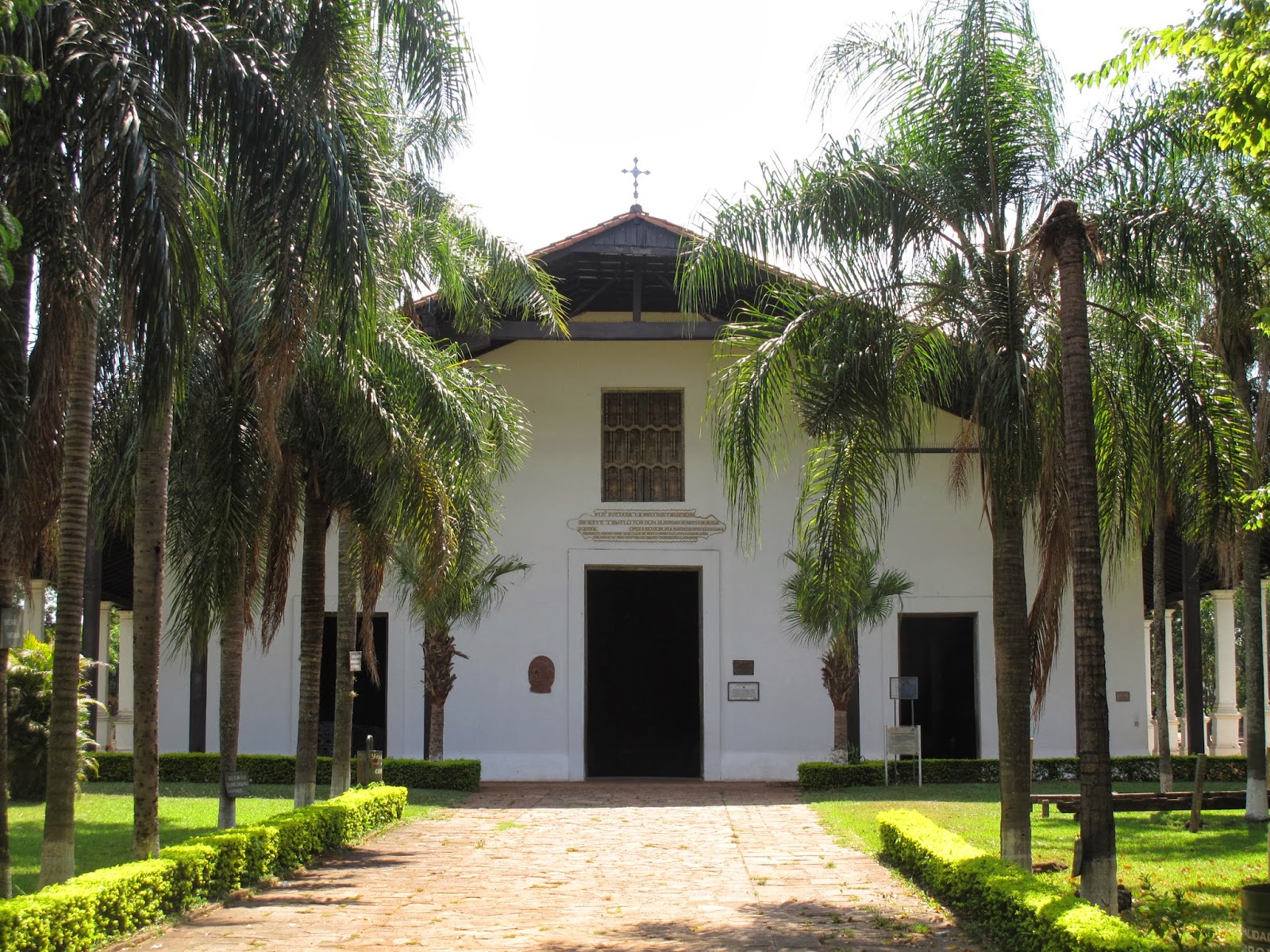
Franciscan church at Yaguarón
From there we drove on to San Juan Bautista for lunch (chicken, mandioc and salad with sopa paraguaya). The landscape very different from the Chaco – agricultural country with tall trees and abundant leaves, lawns, hedges and flowers around the buildings. Generally a wealthier feel to this part of the country.
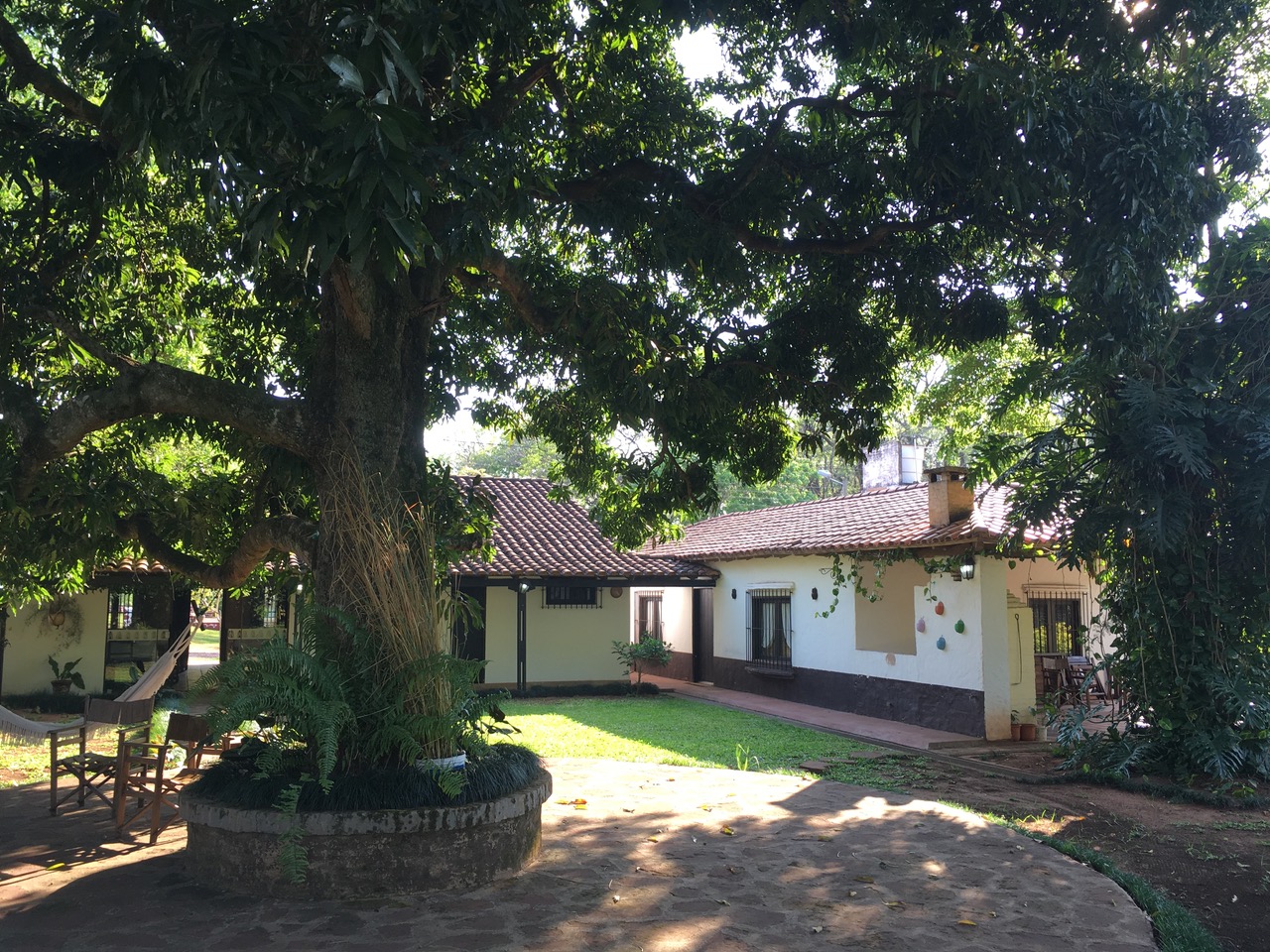
Sta María Hotel, in Santa María Fé
After lunch we drove on to Santa María Fé, where stayed in the Sta María Hotel, a beautiful low building which seems to run spiritual retreats. It was established by Margaret Hebblethwaite who was the author of C’s guidebook along with various co-operative initiatives to provide work and income for local people.
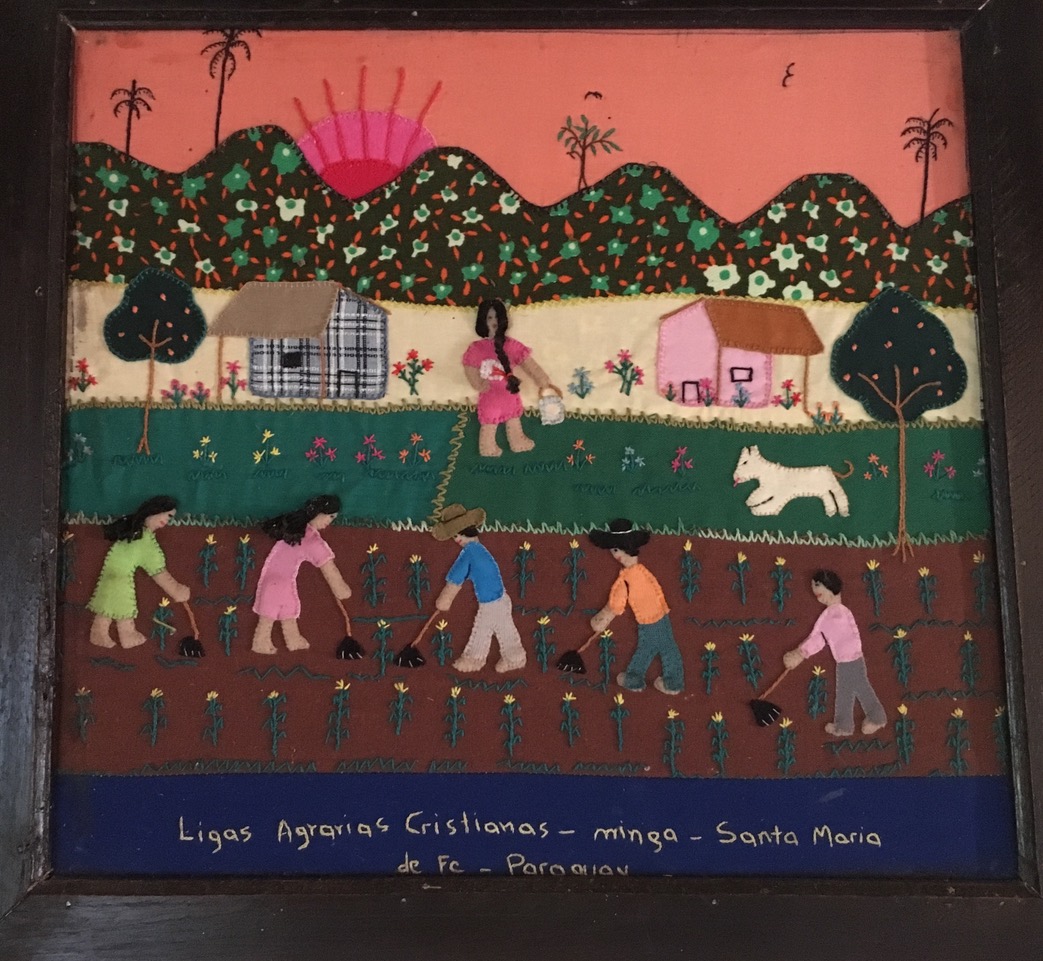
Local arts and crafts
There was a workshop where women were making As we entered we spotted an artesania cooperative next door and C bought a some stitched wall hangings and other crafts as mementos of the trip.
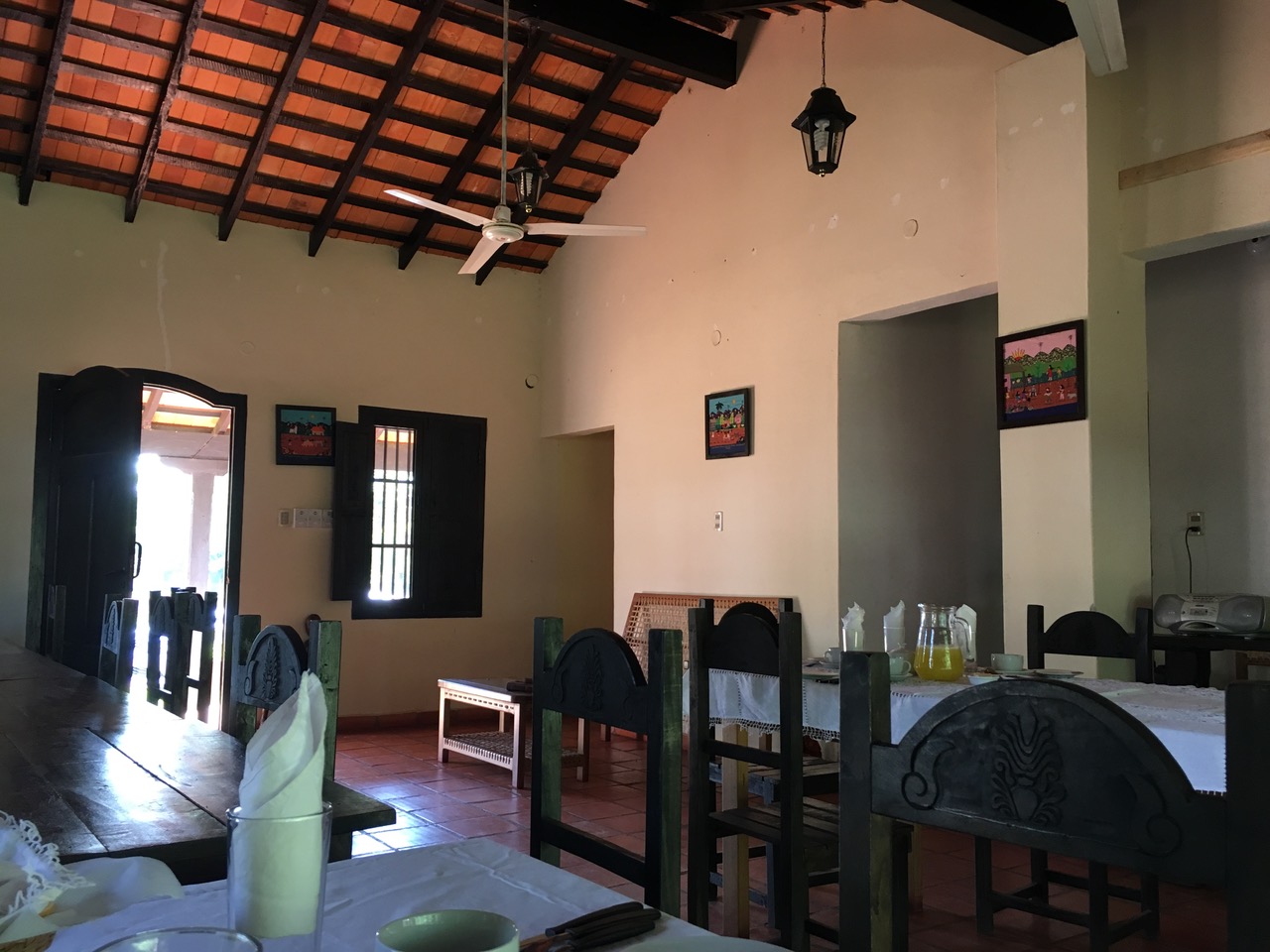
Hotel Dining Room
After a long day’s driving we had supper in hotel (roast chicken and vegetables and a bottle of Chilean Red), and a quiet evening. After eating we sat in the square for a while. Too dark to see the monkeys we’d been told about but we listened to a night owl.
